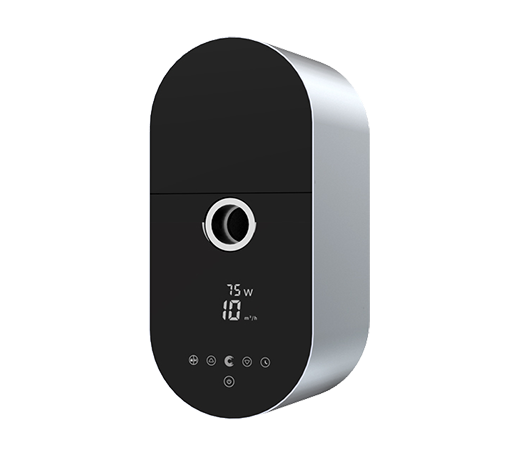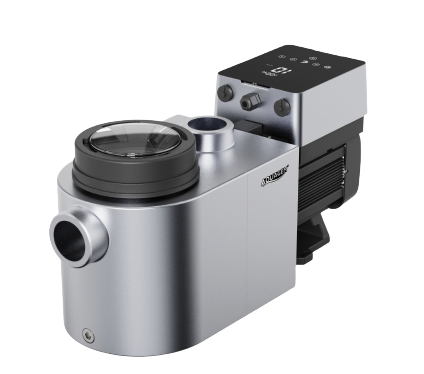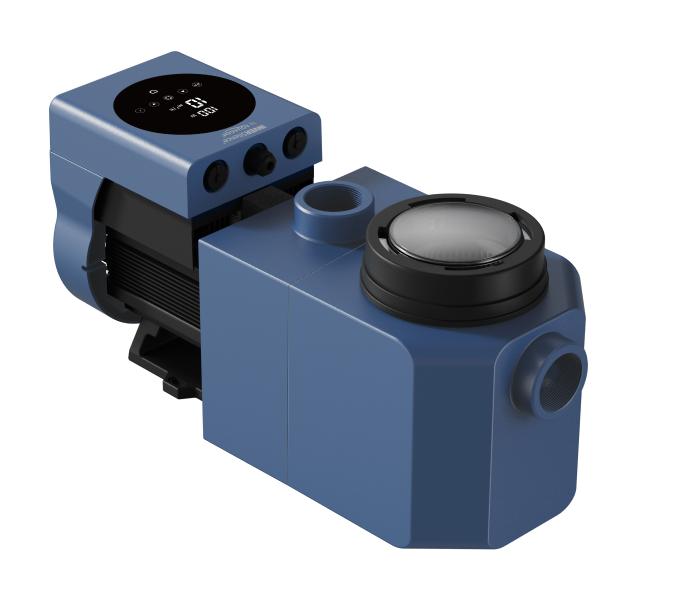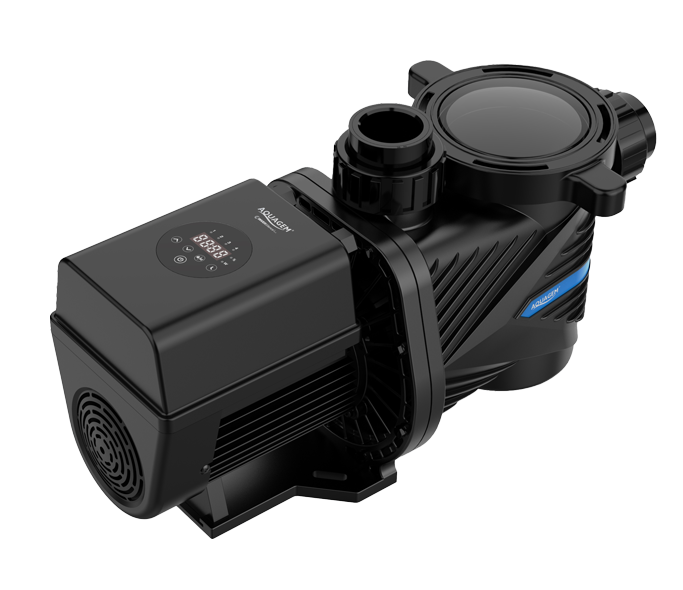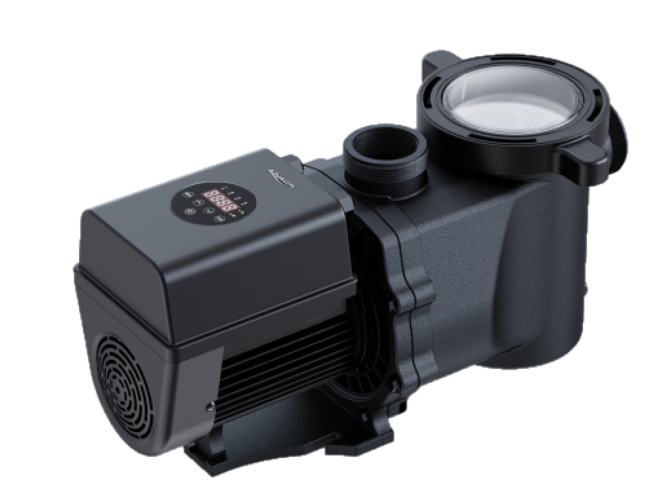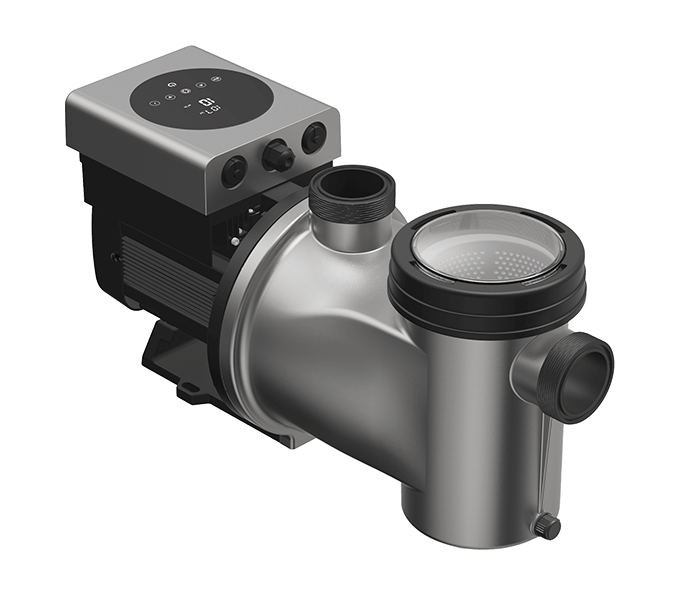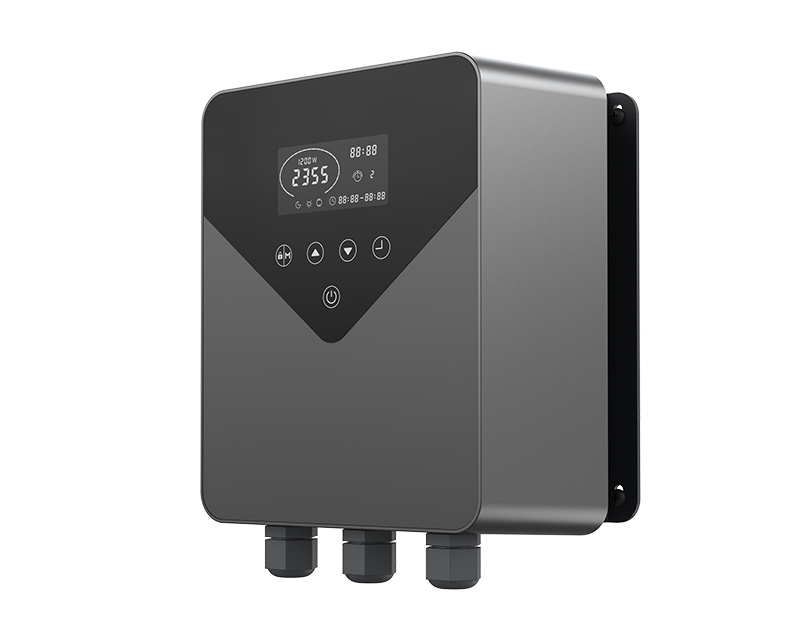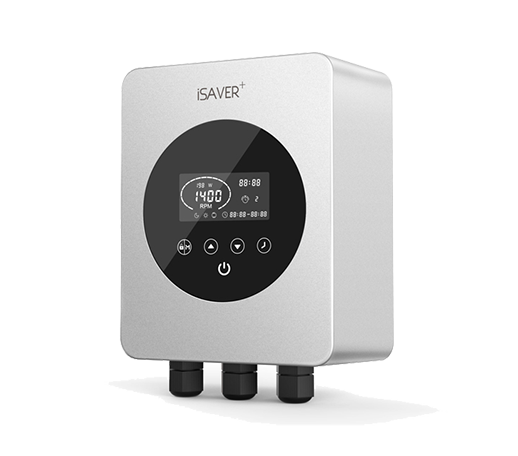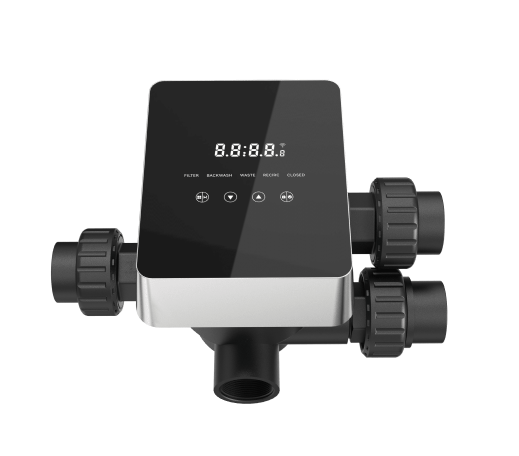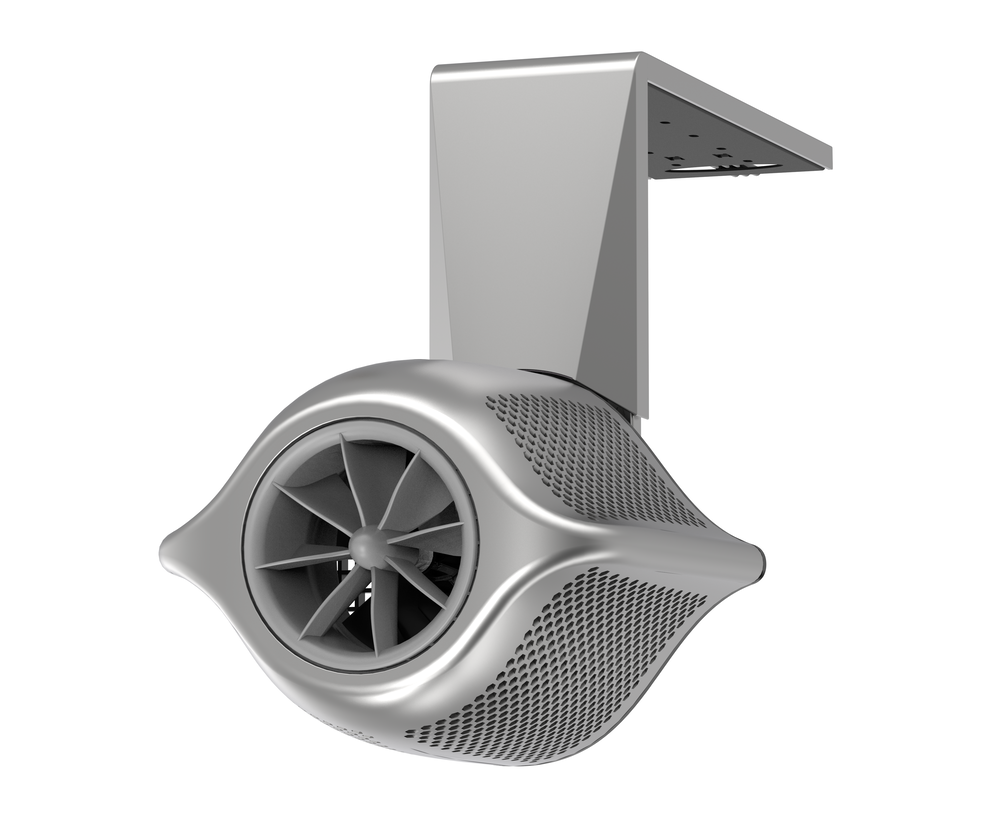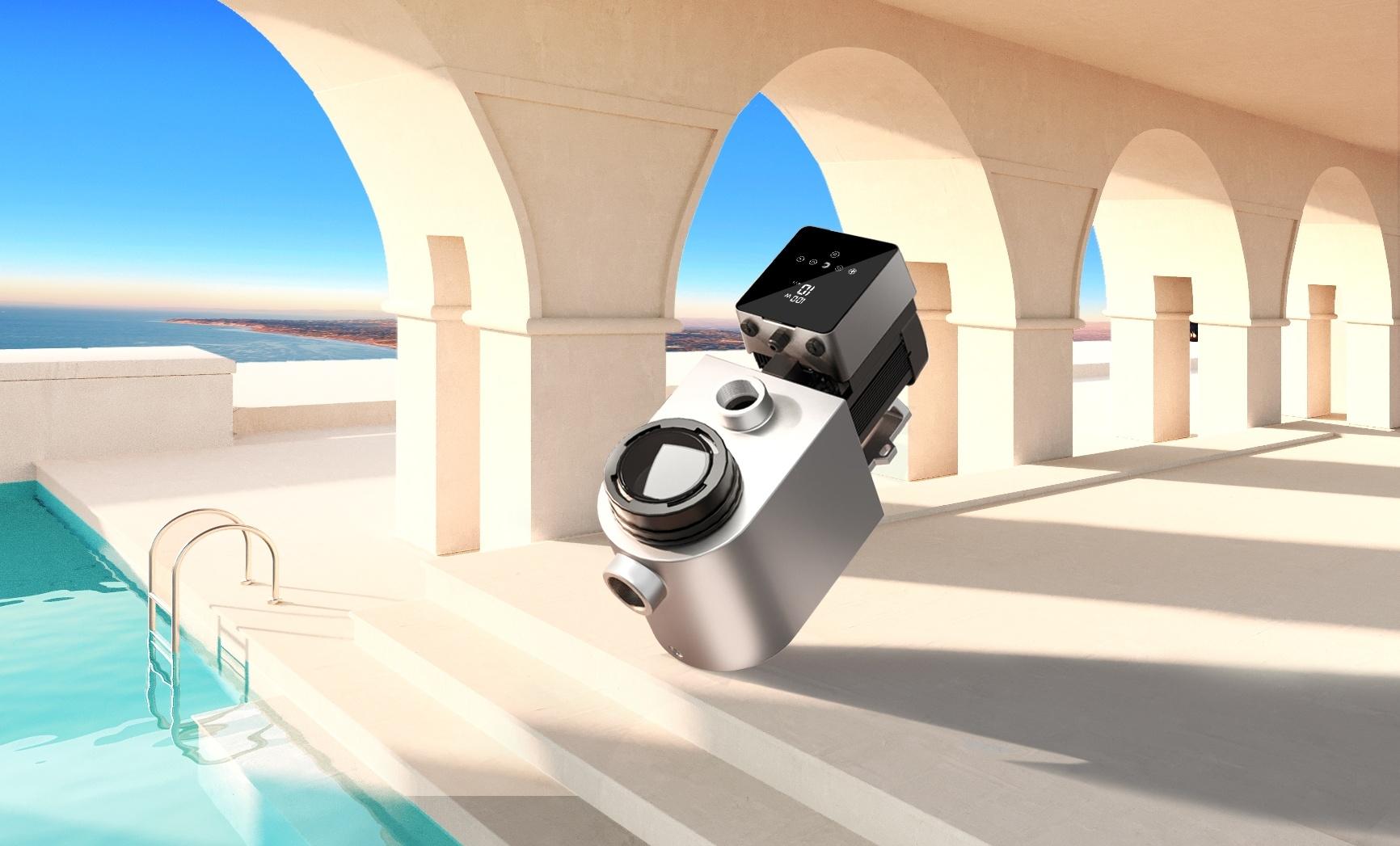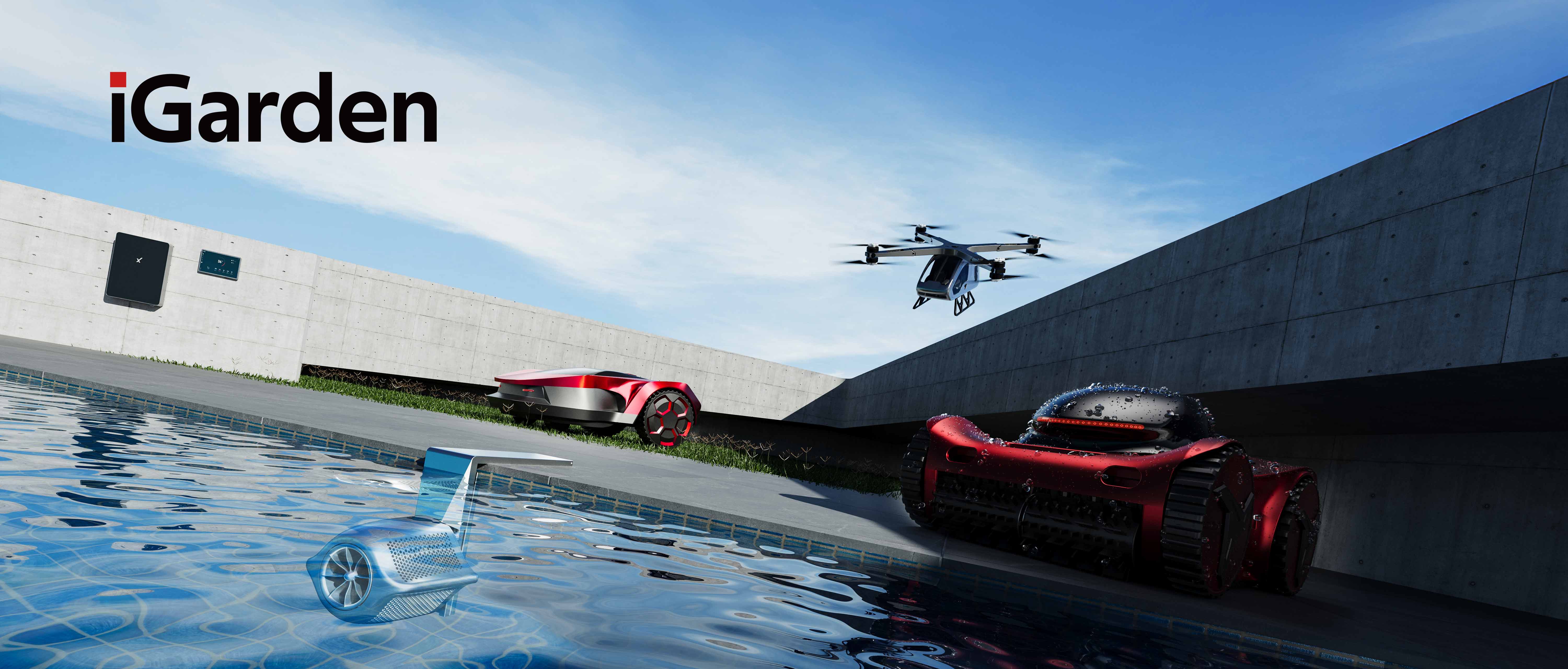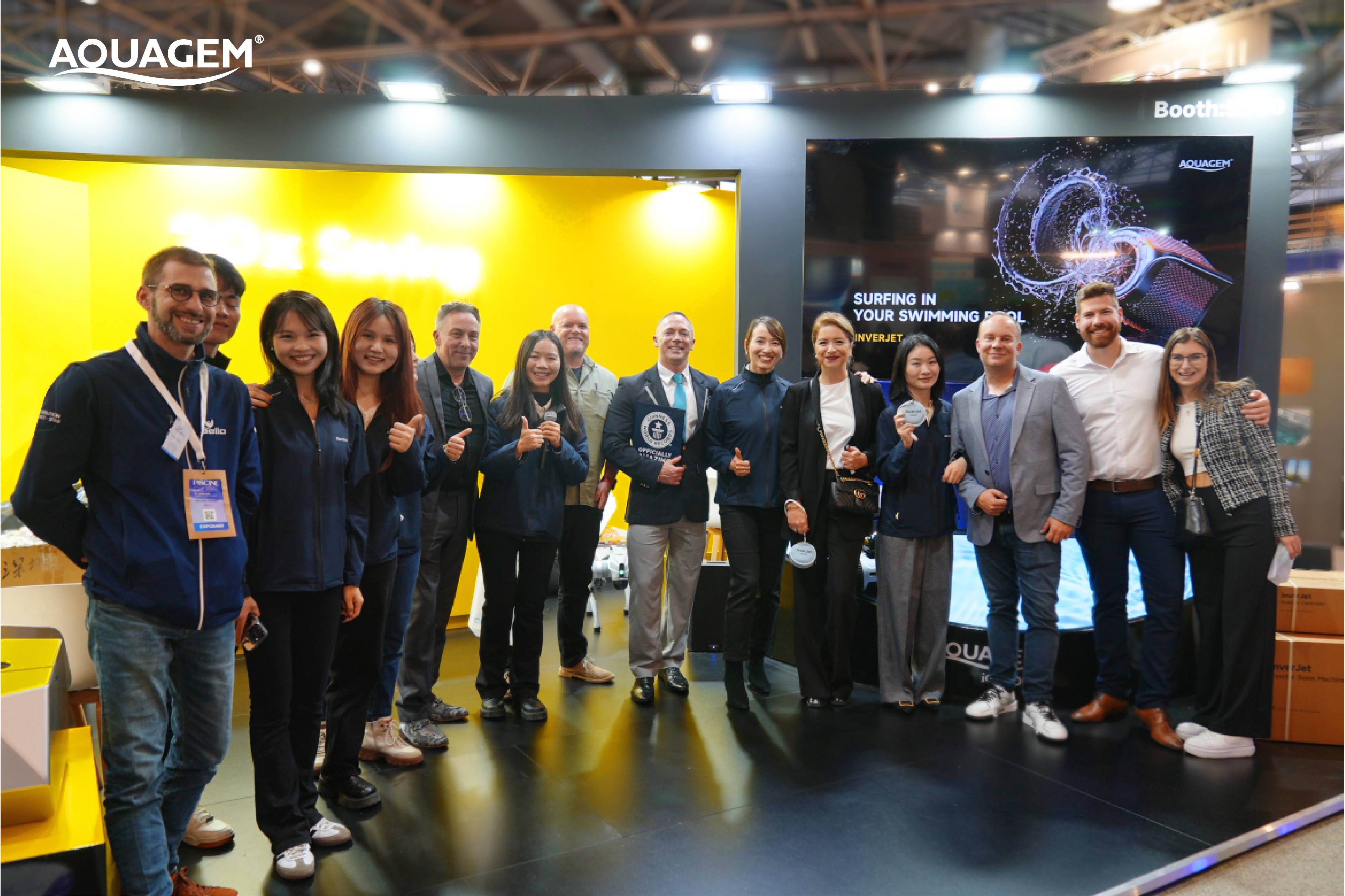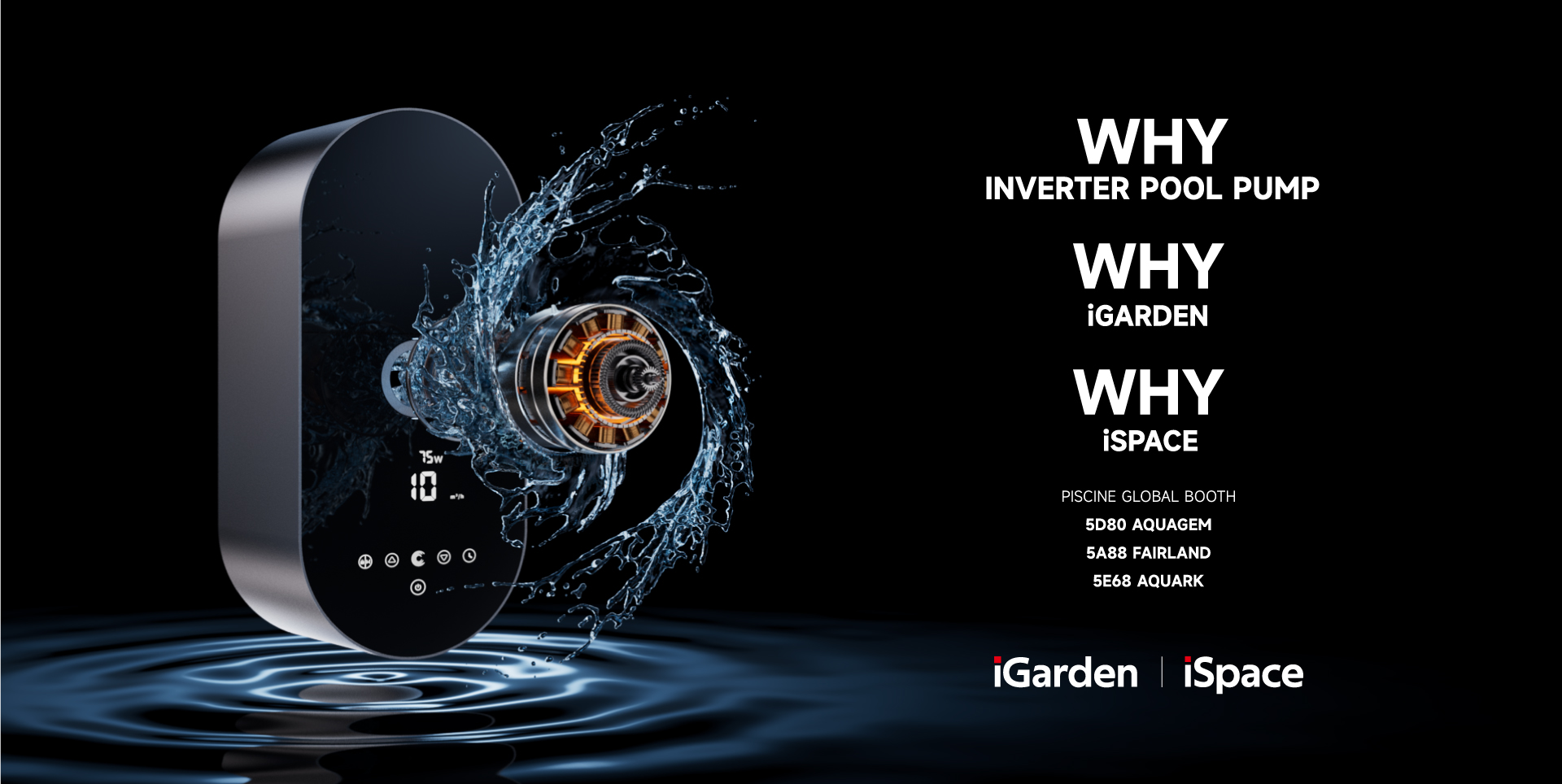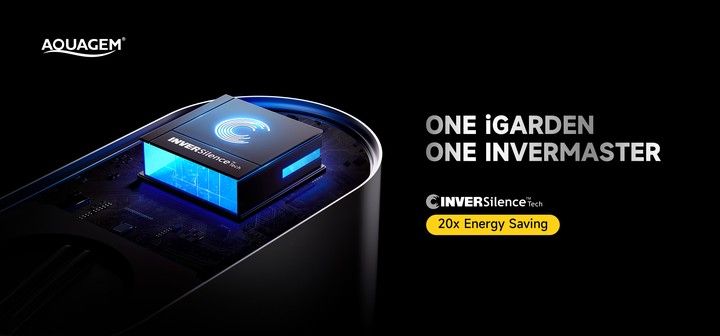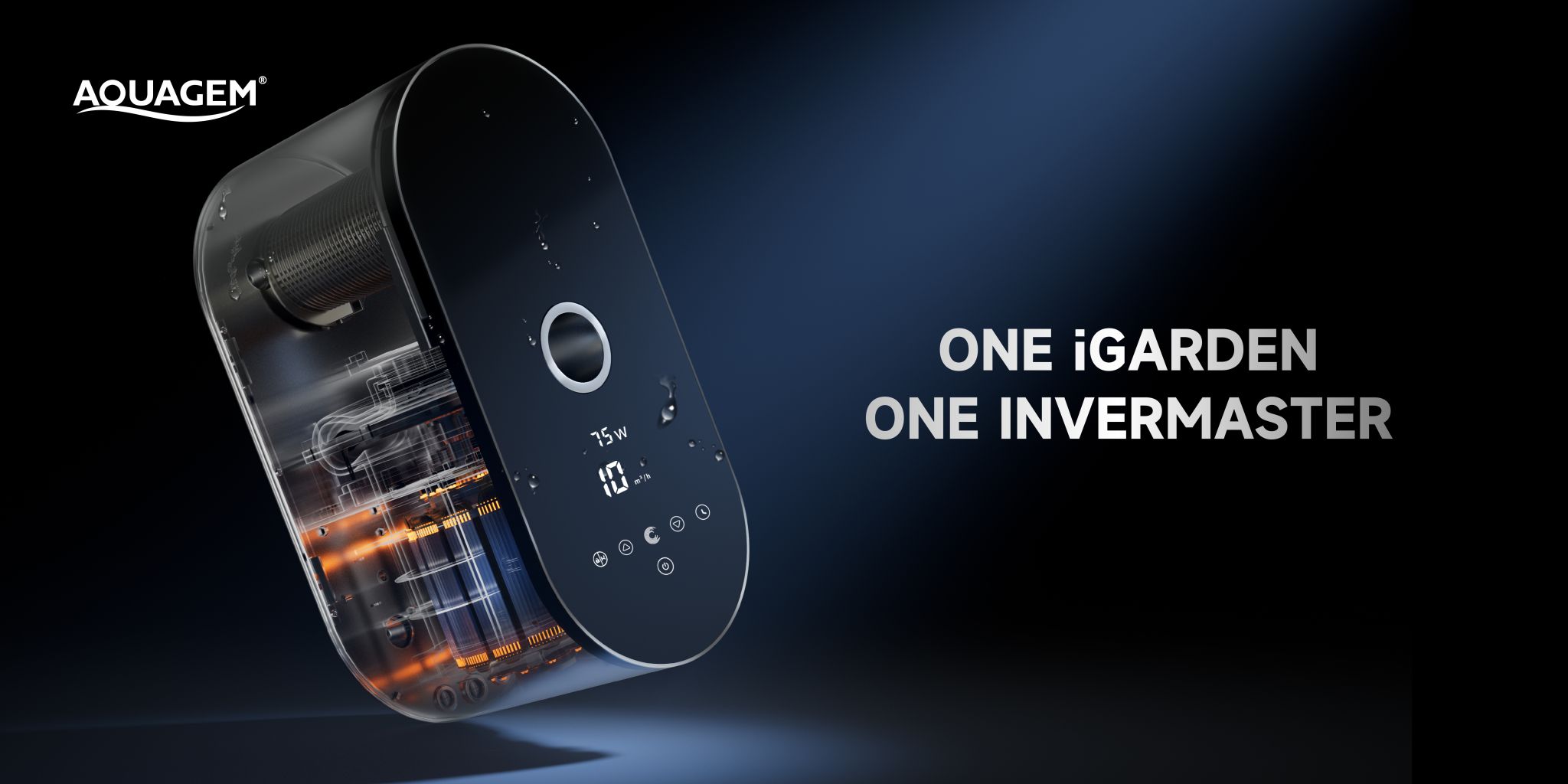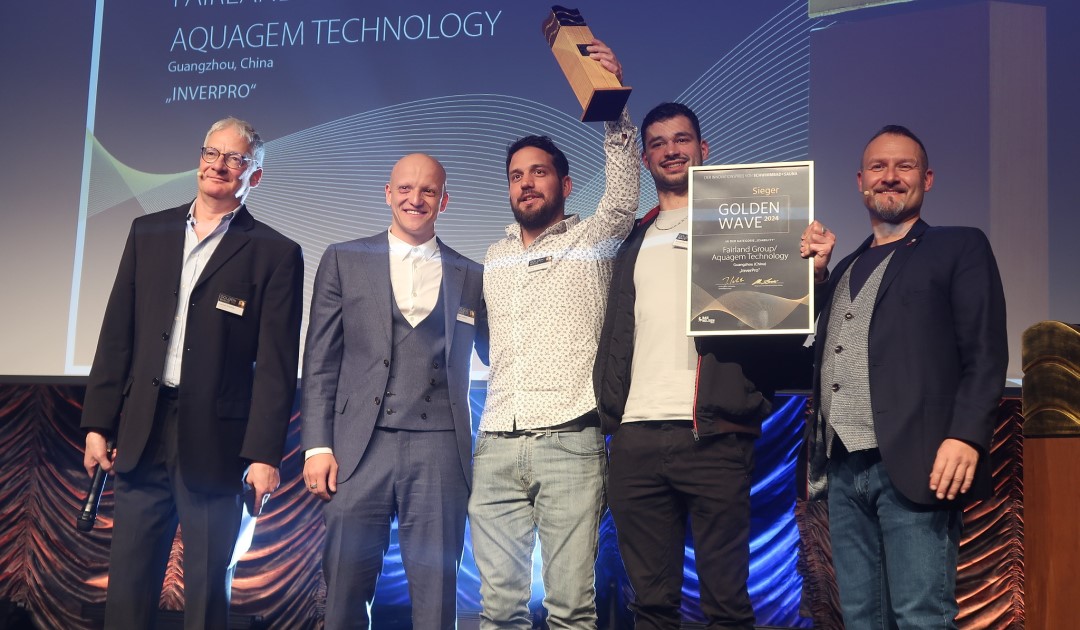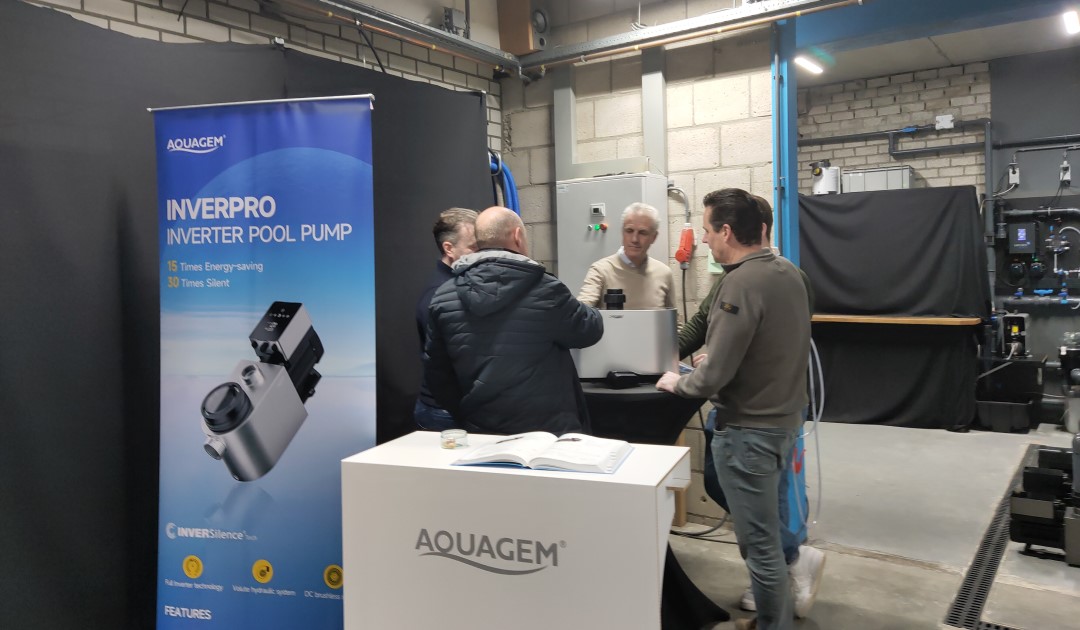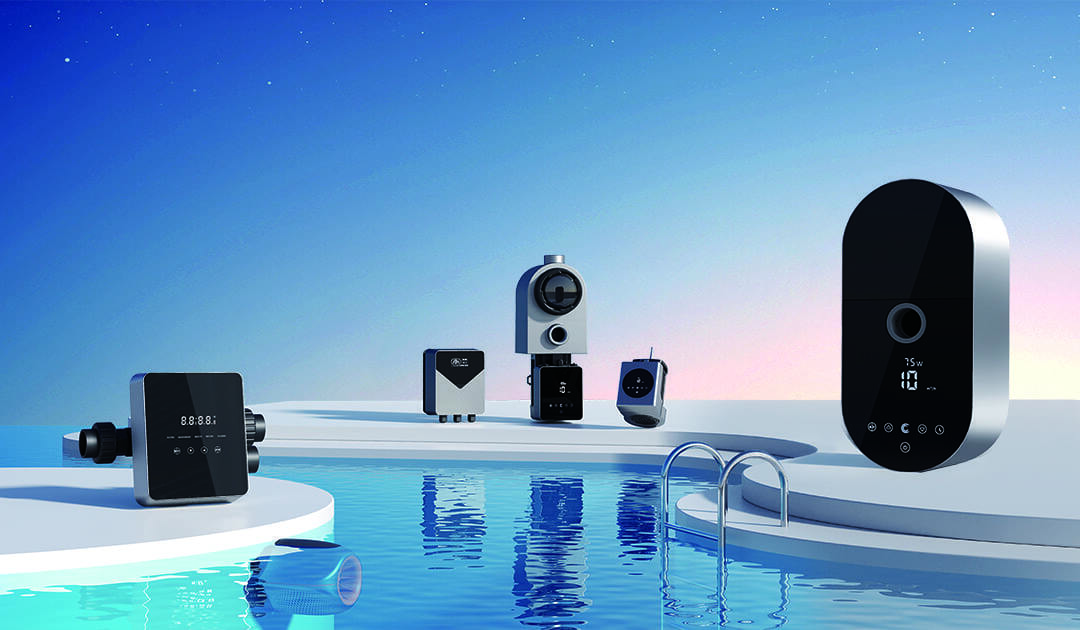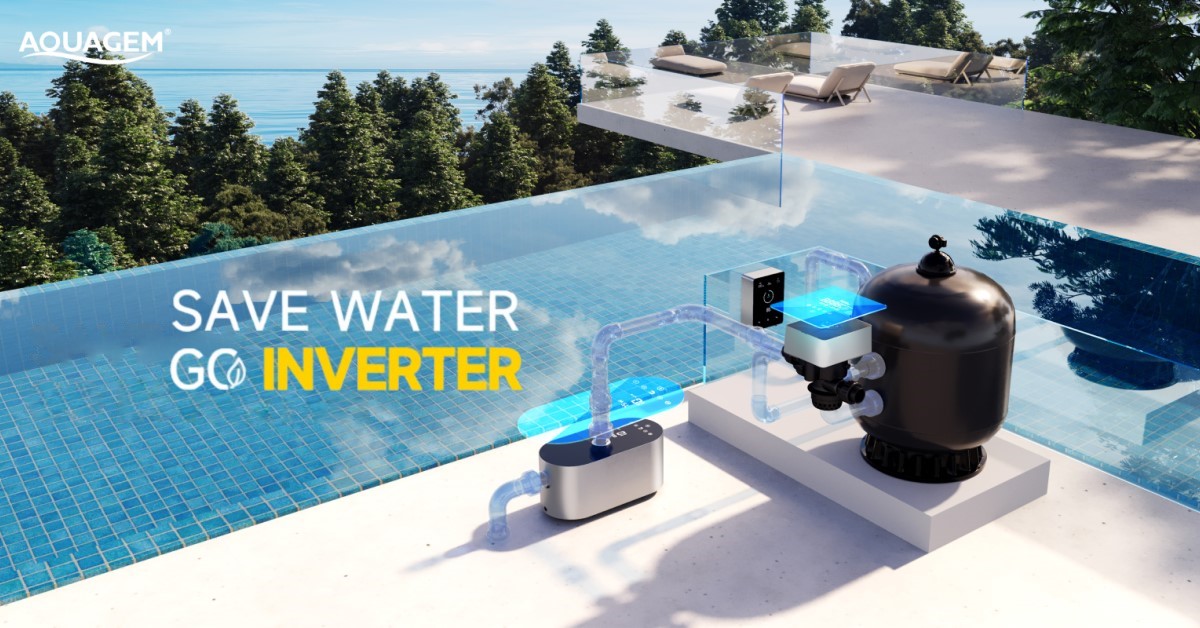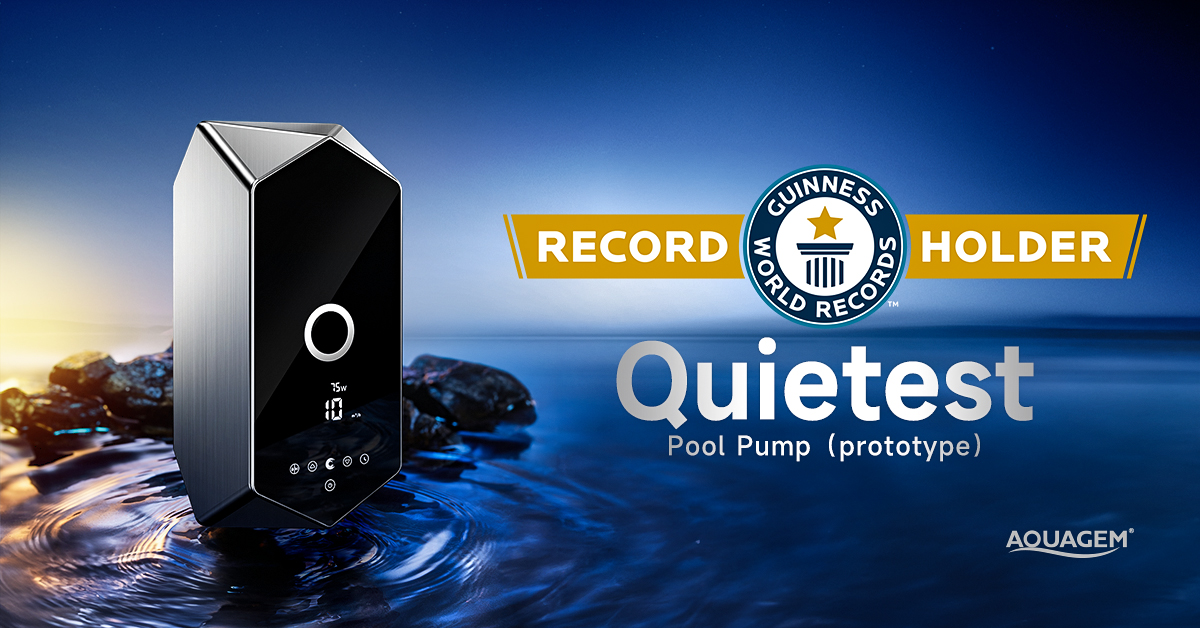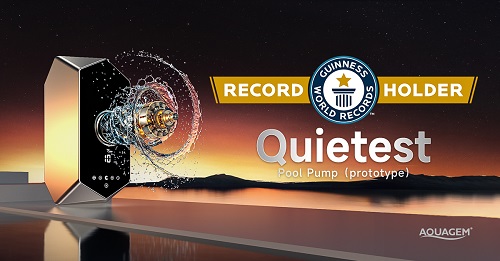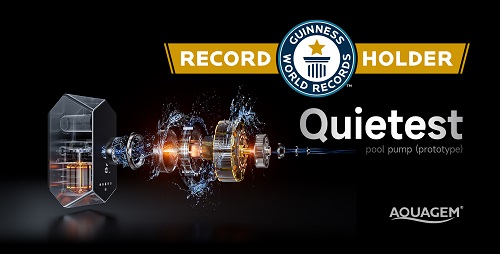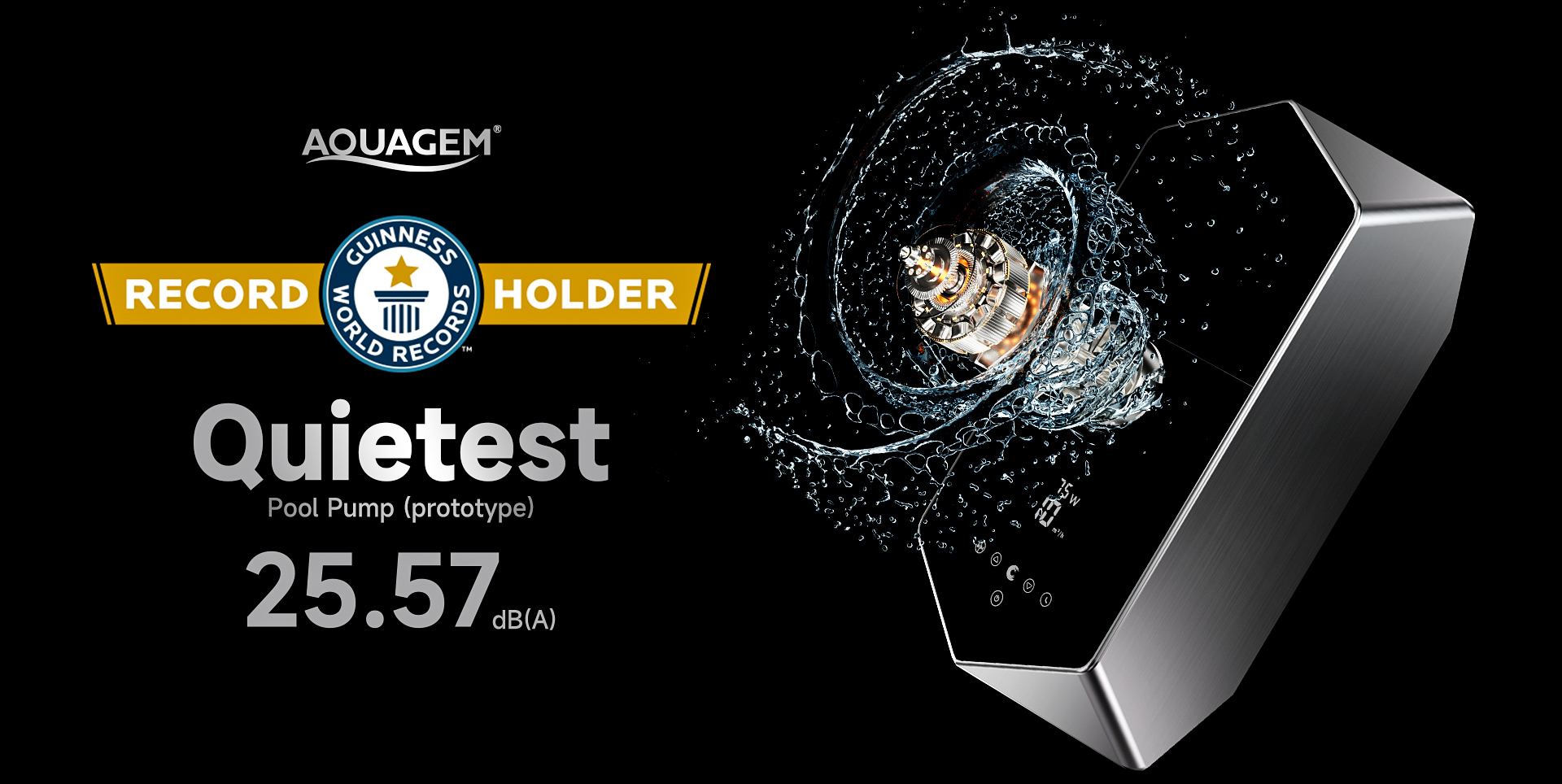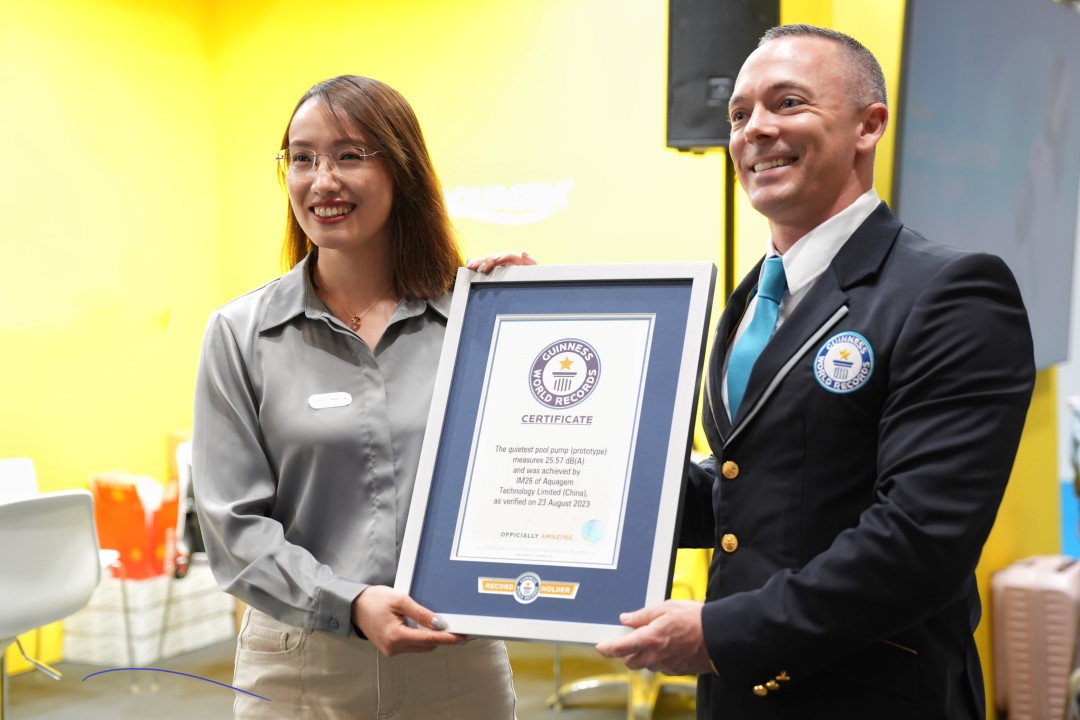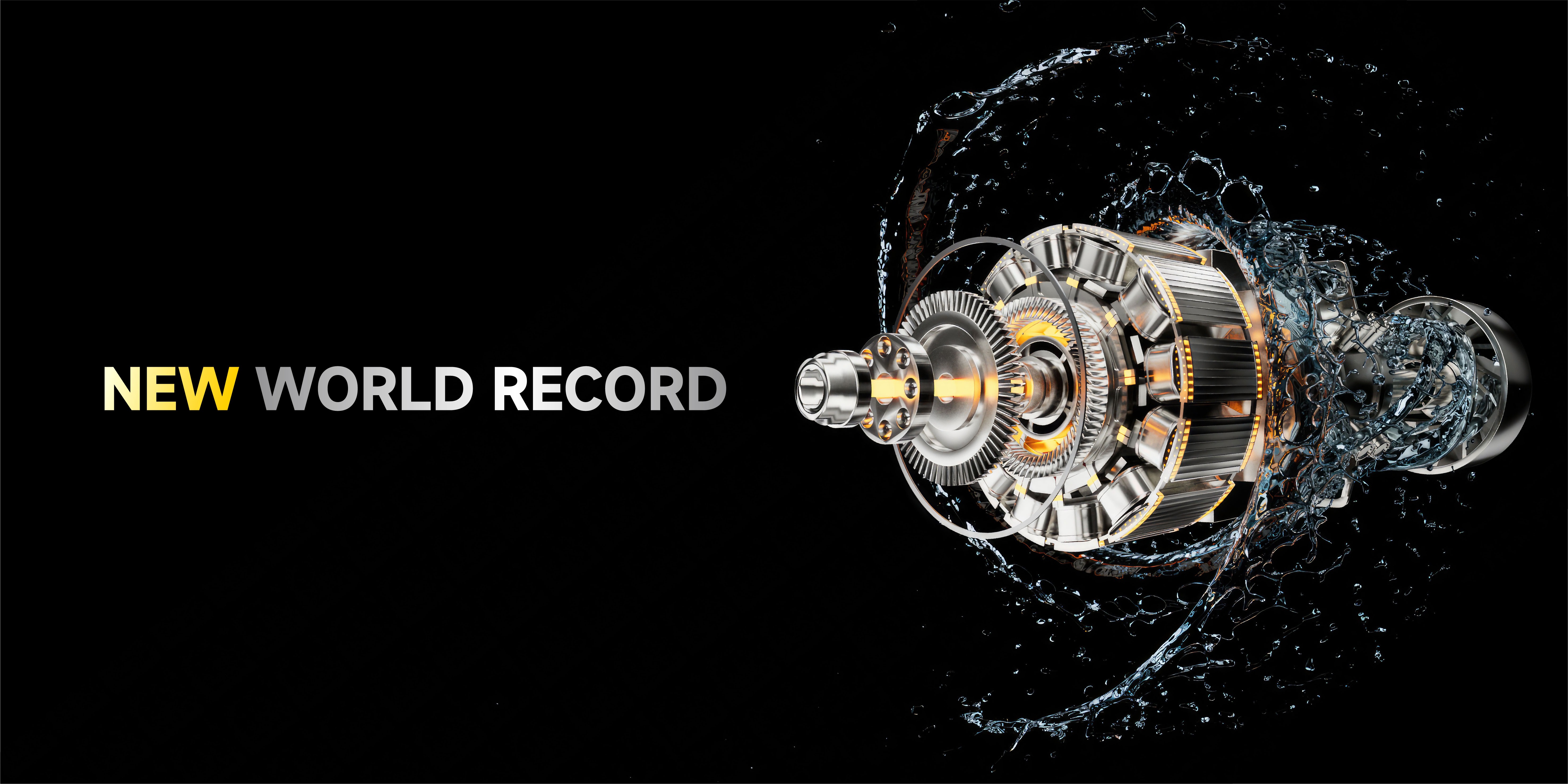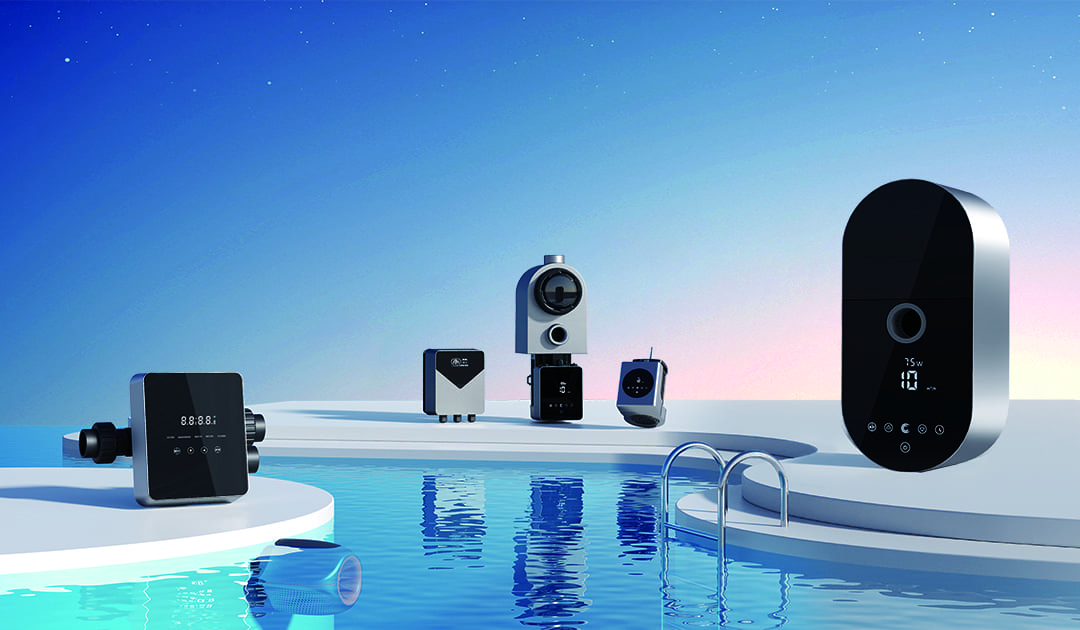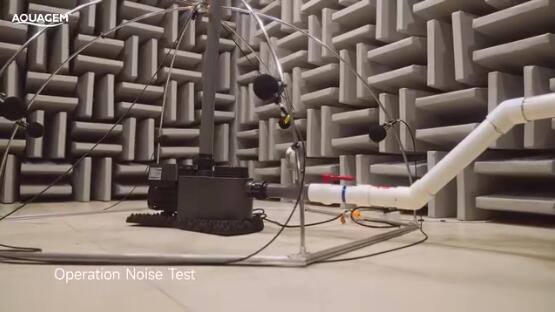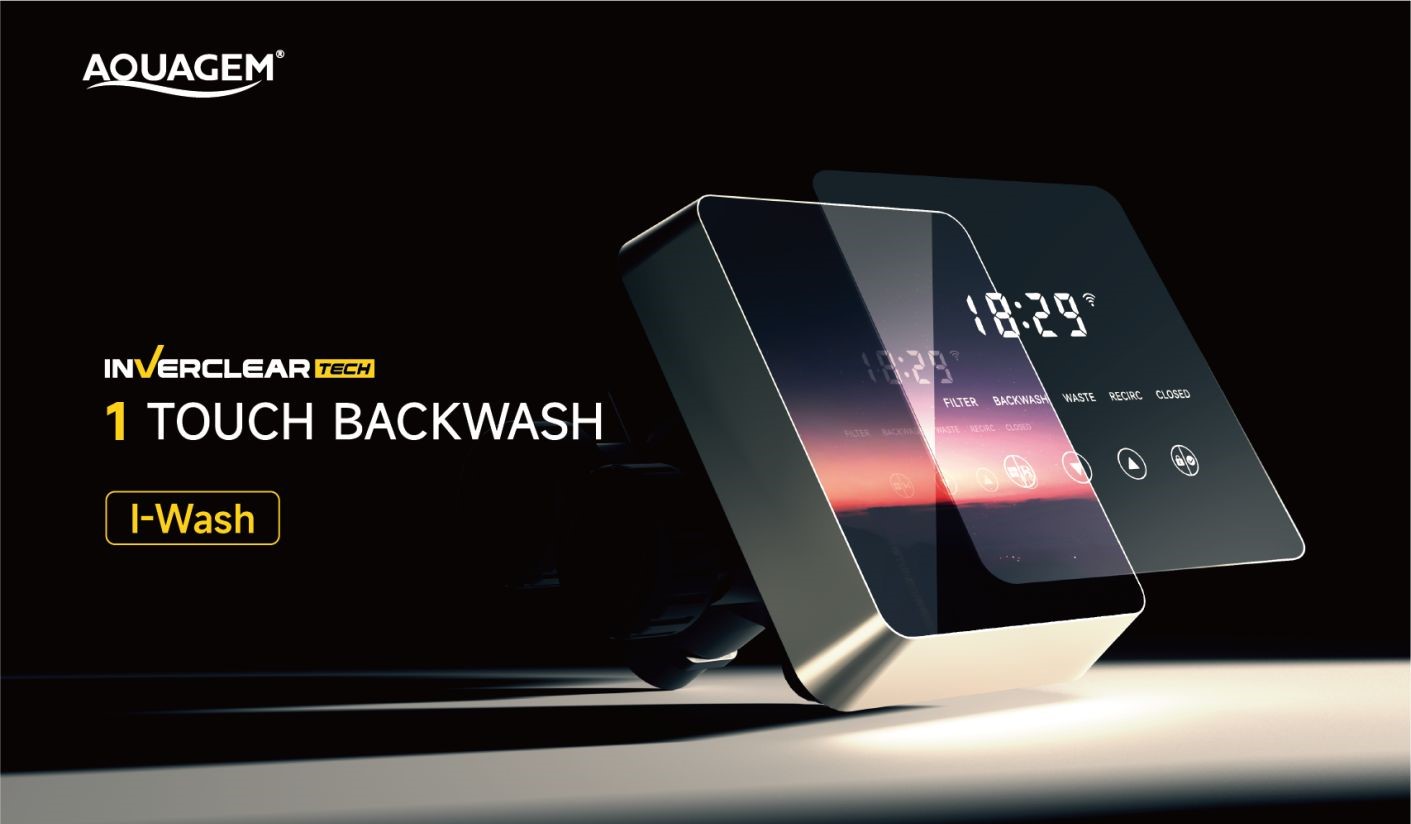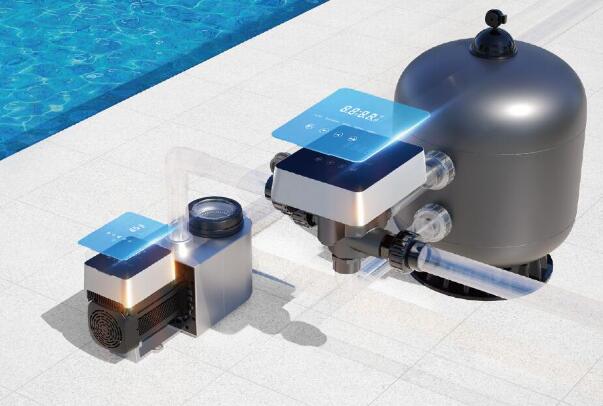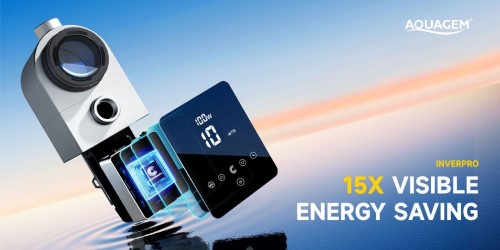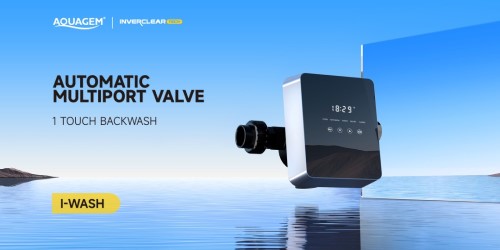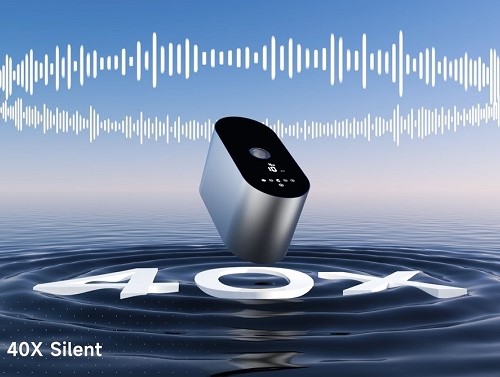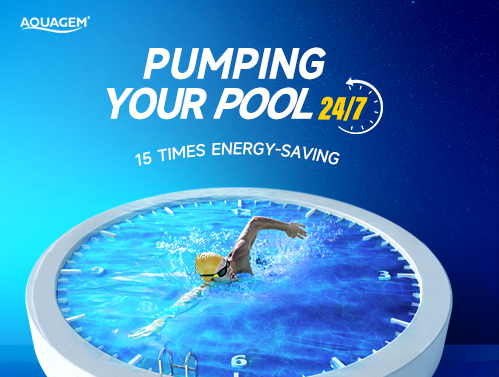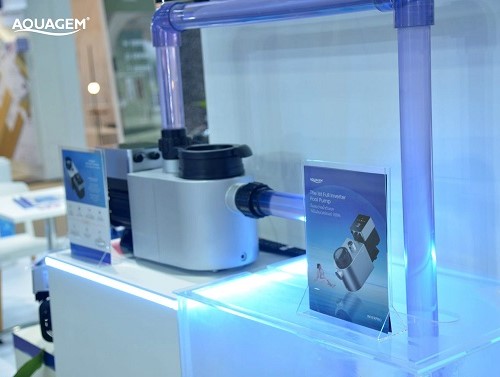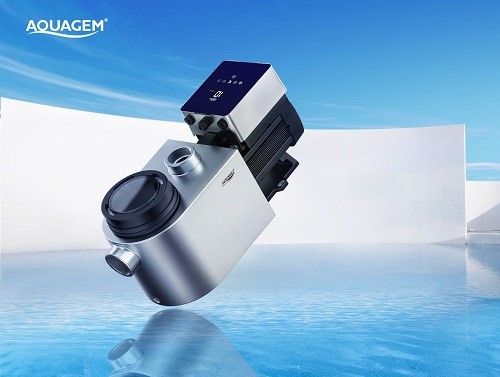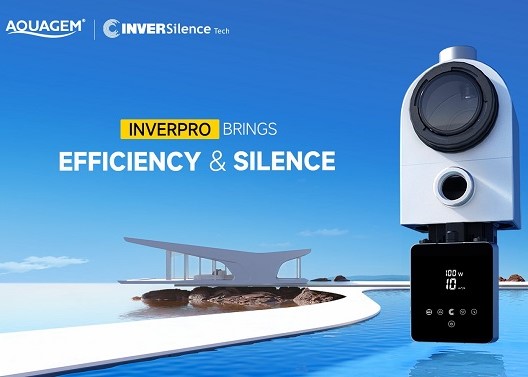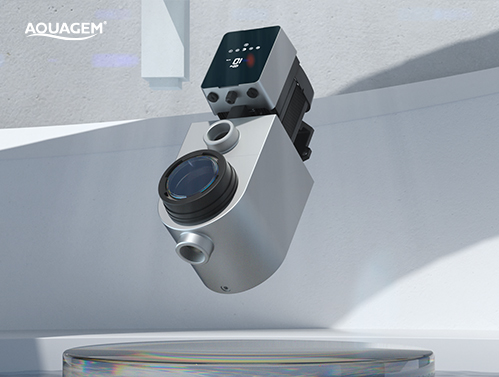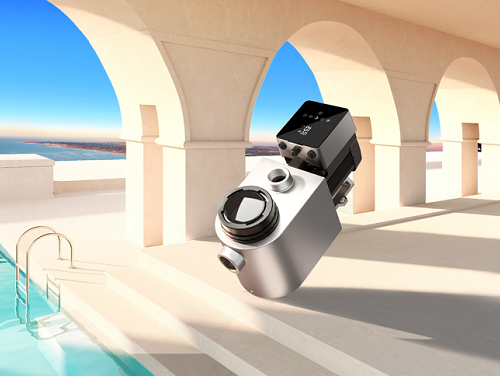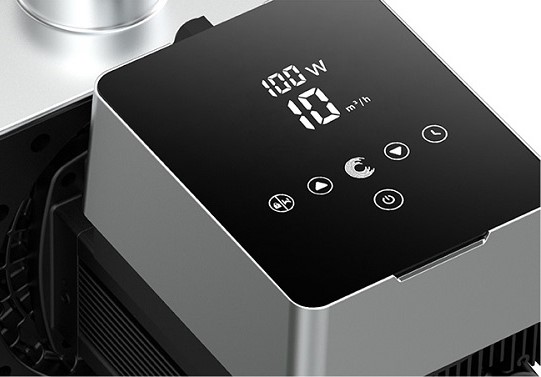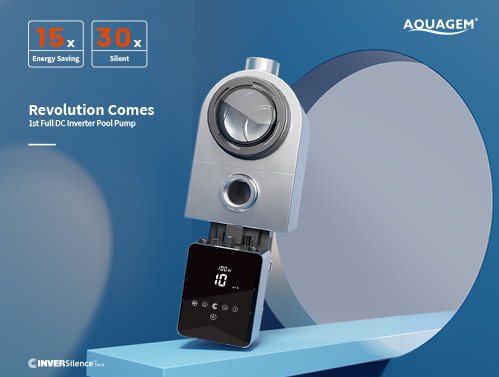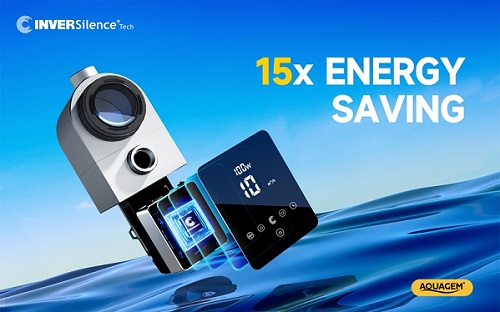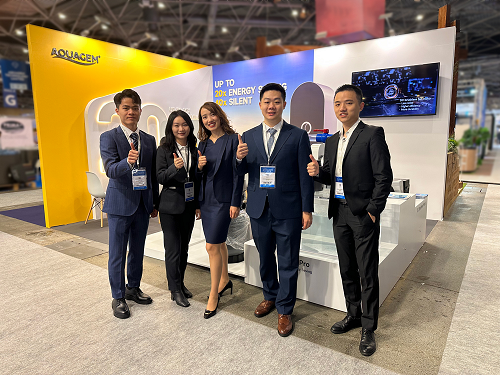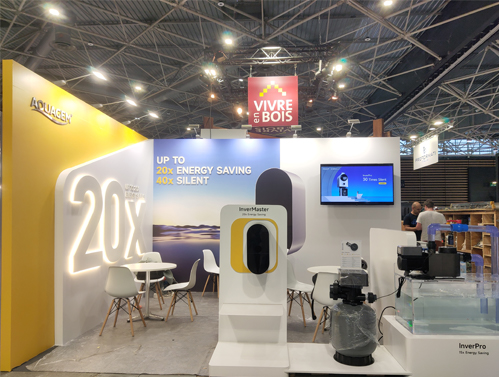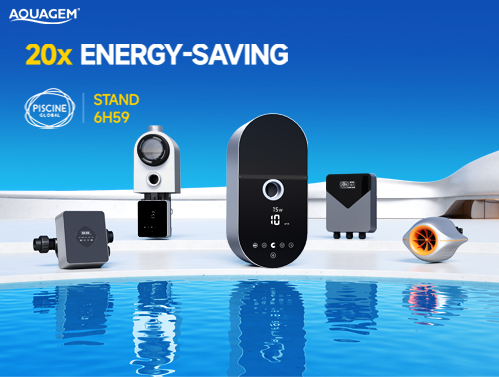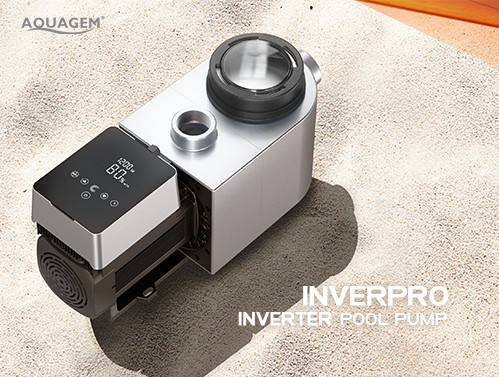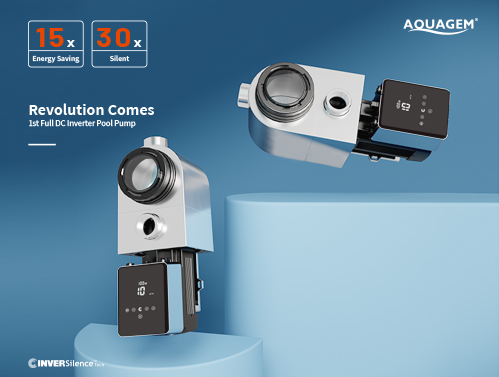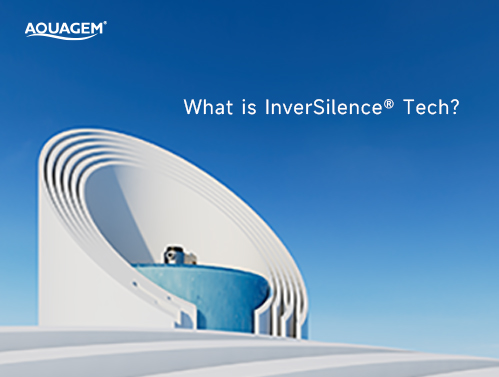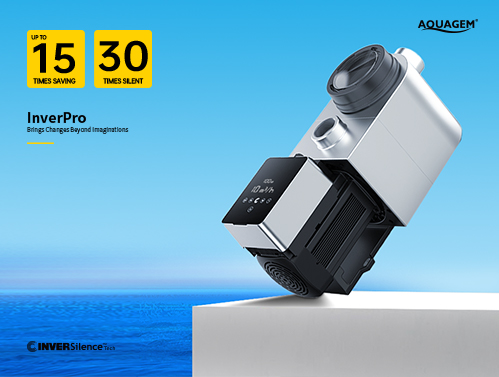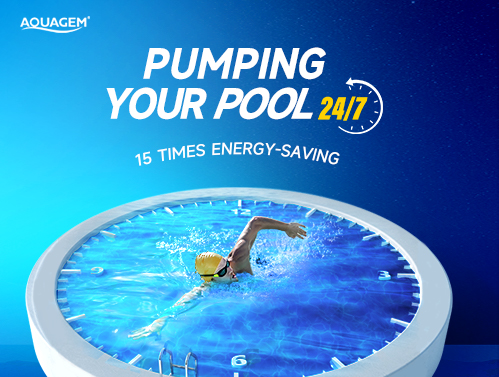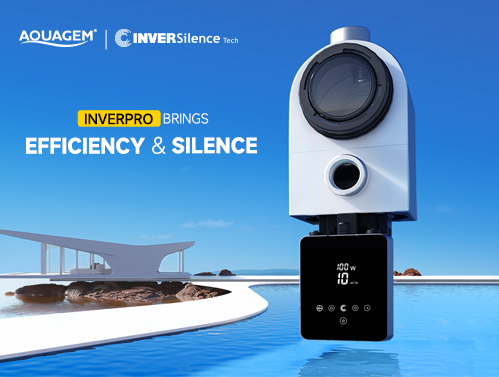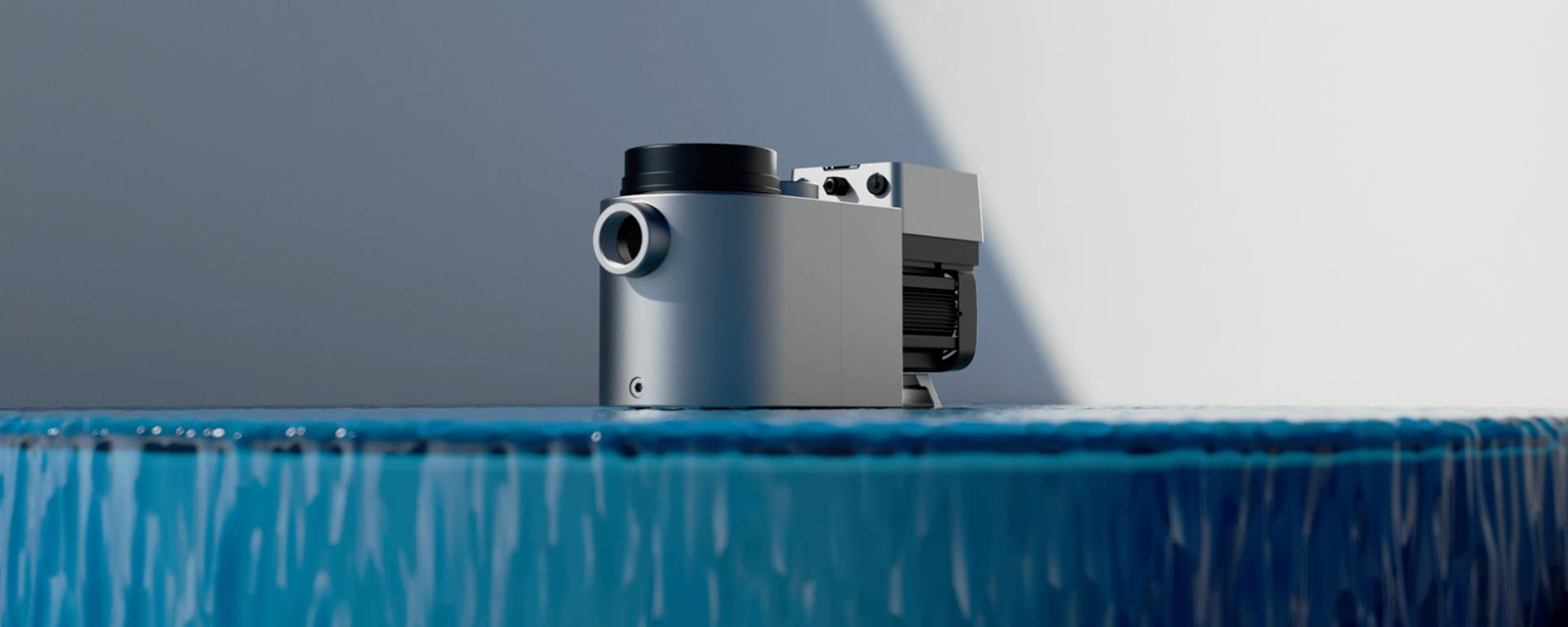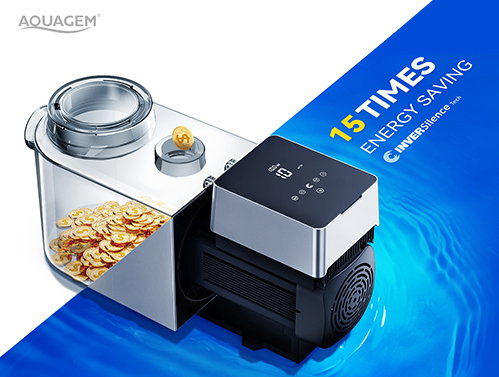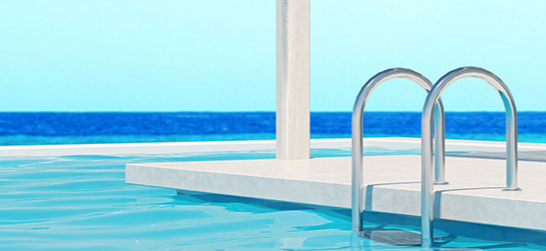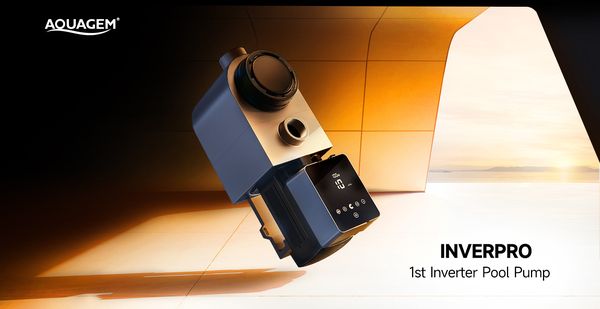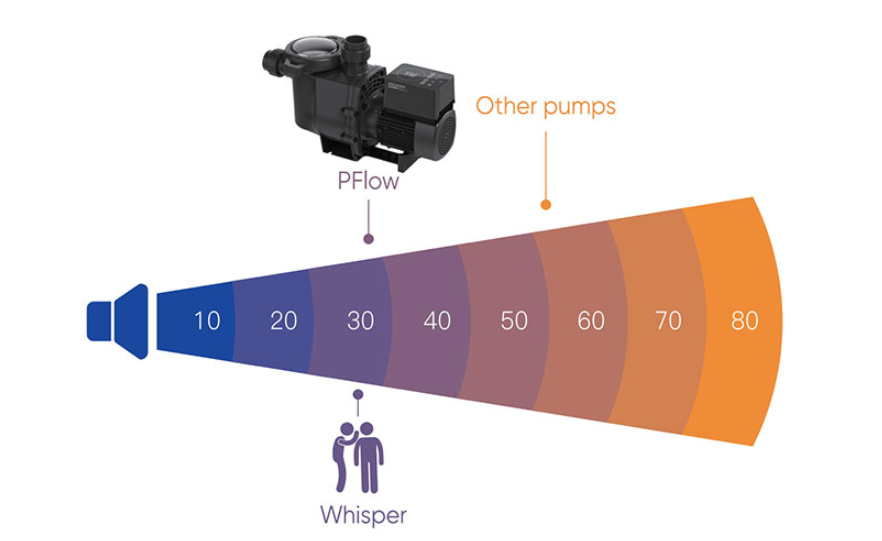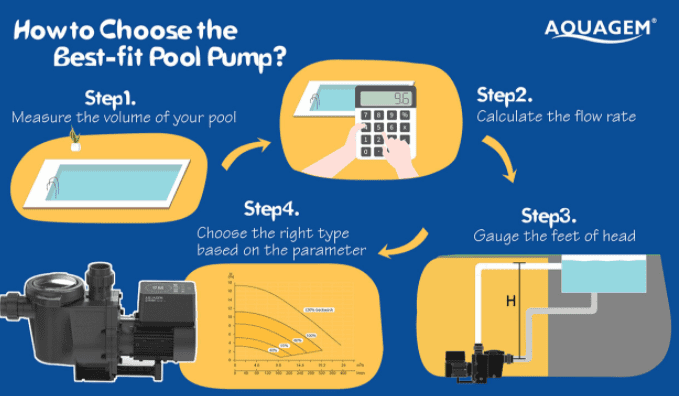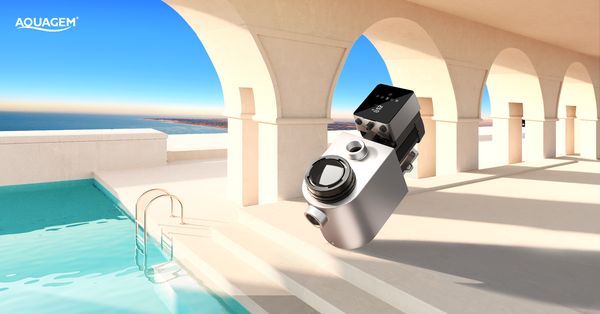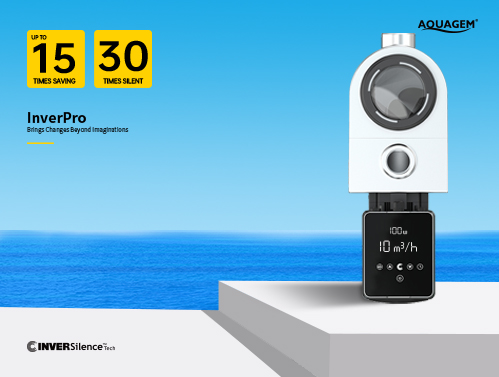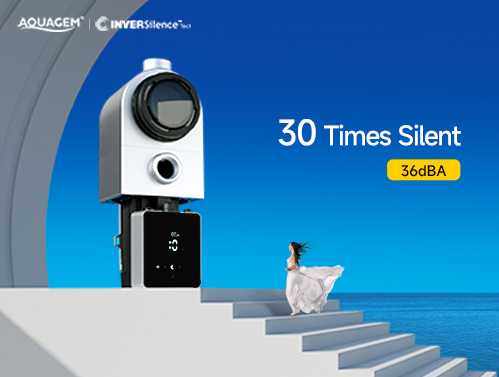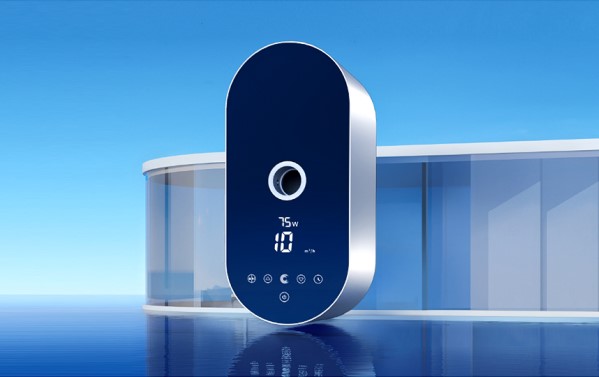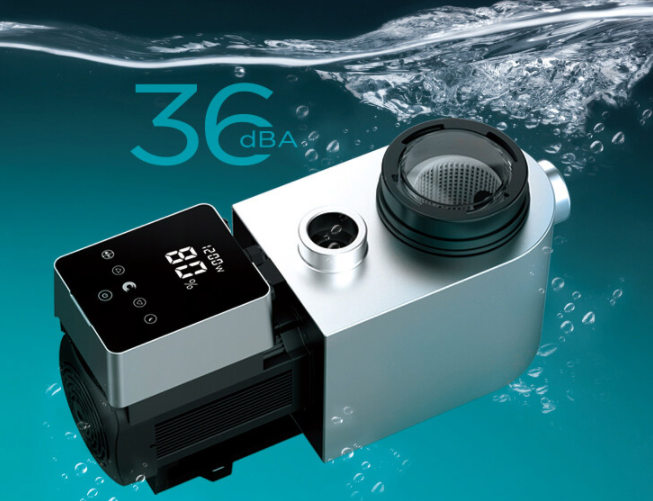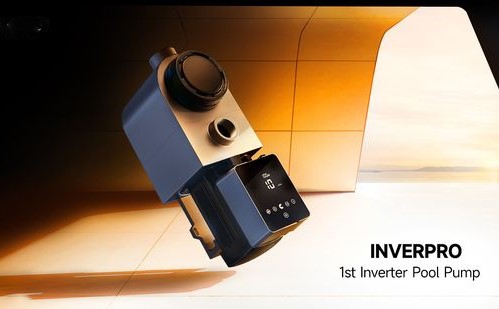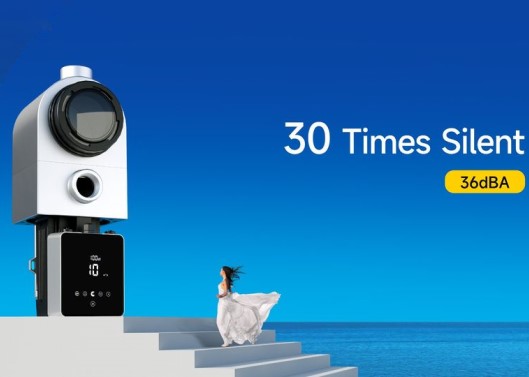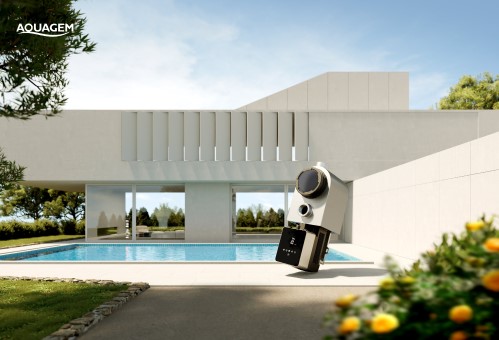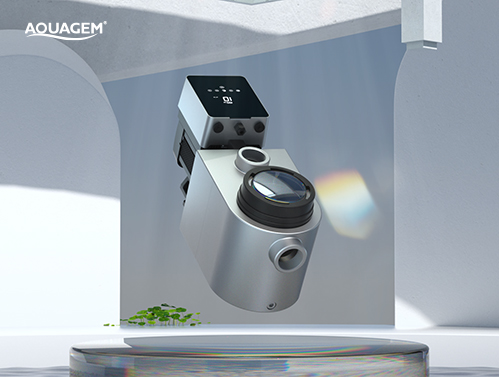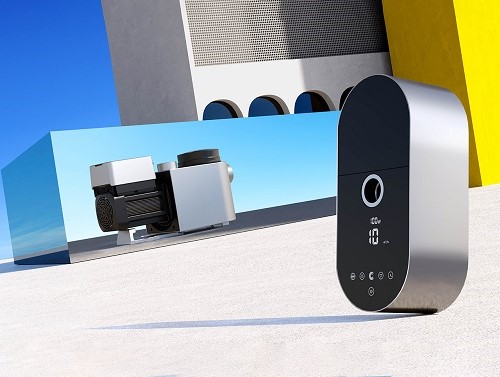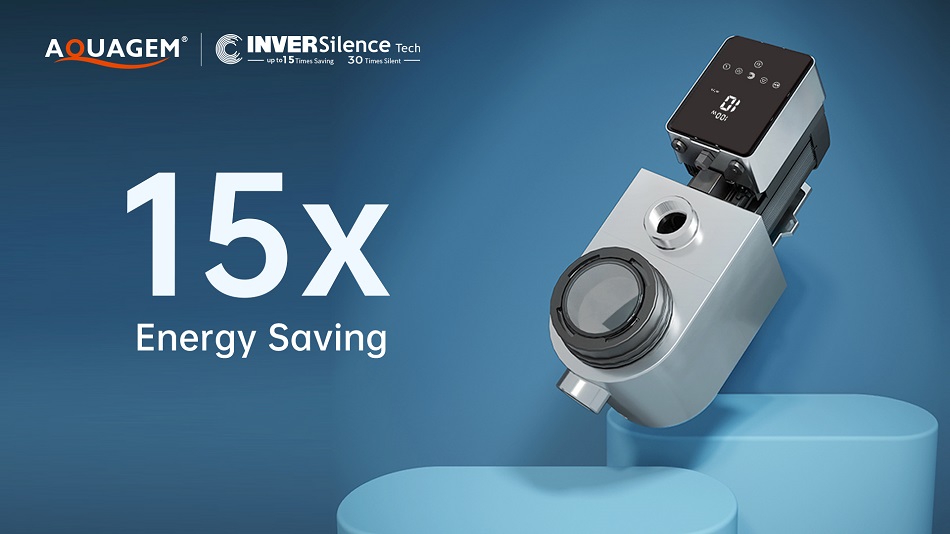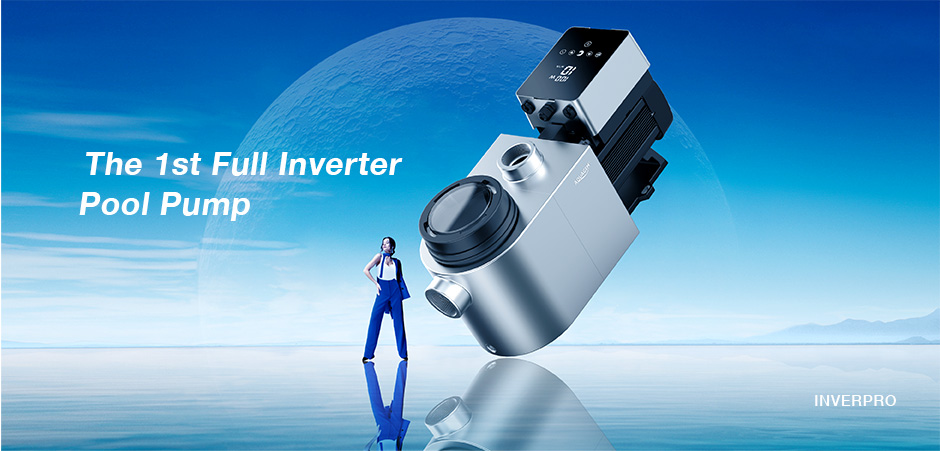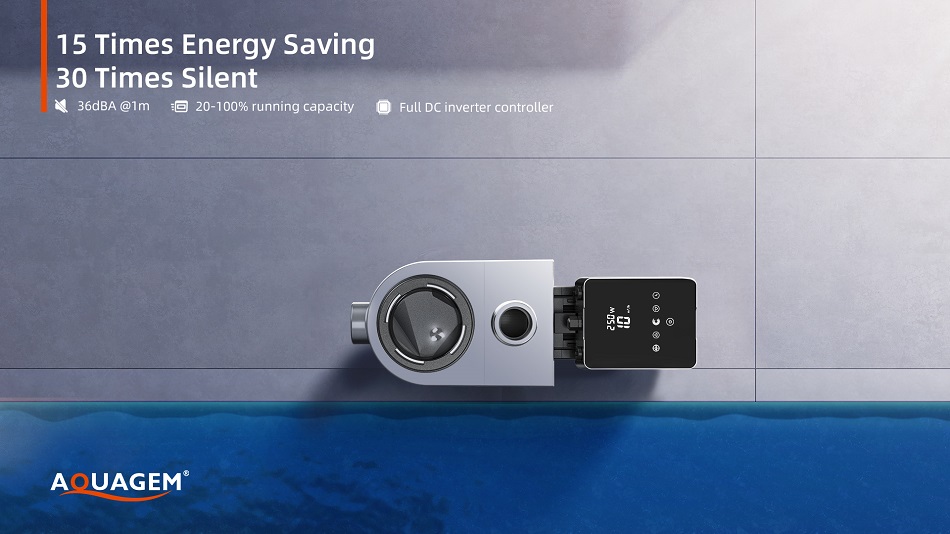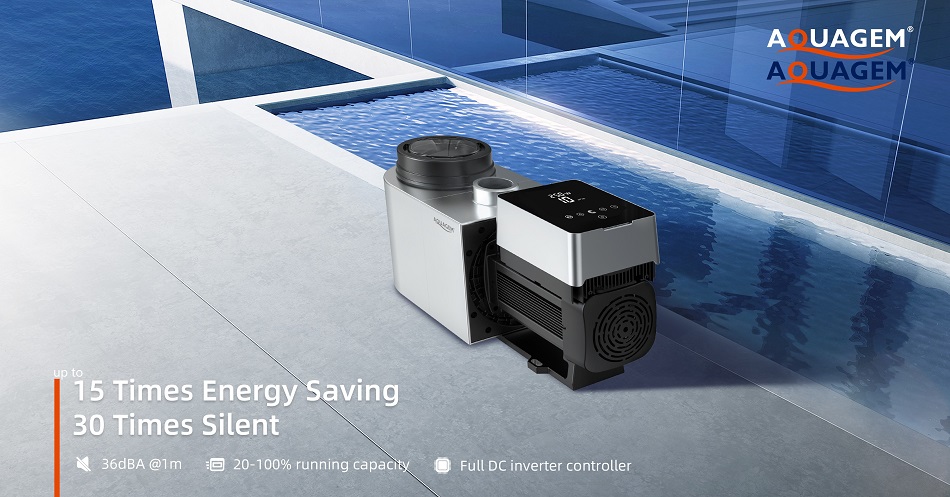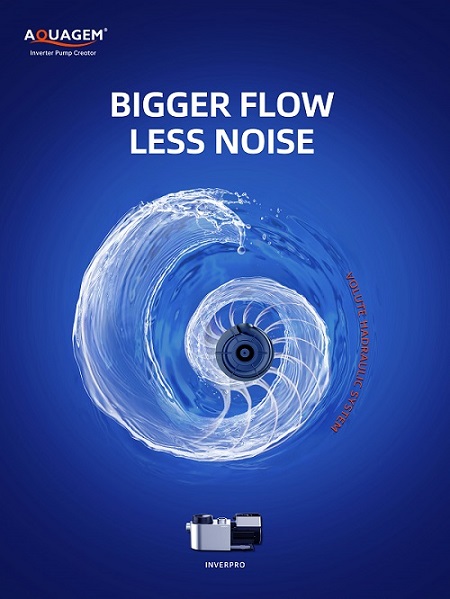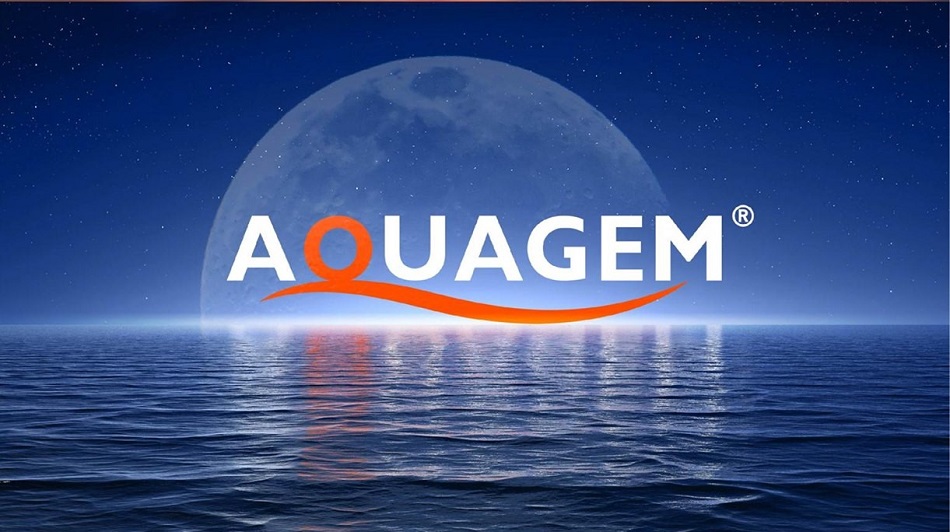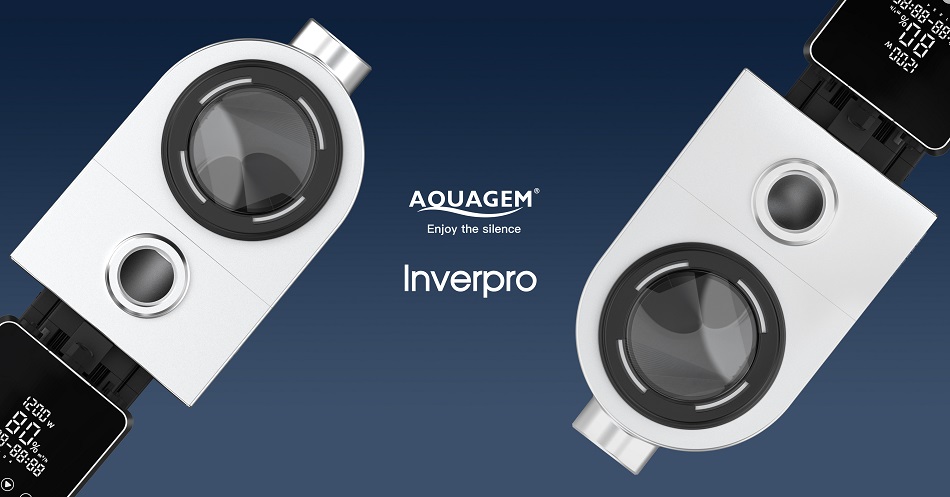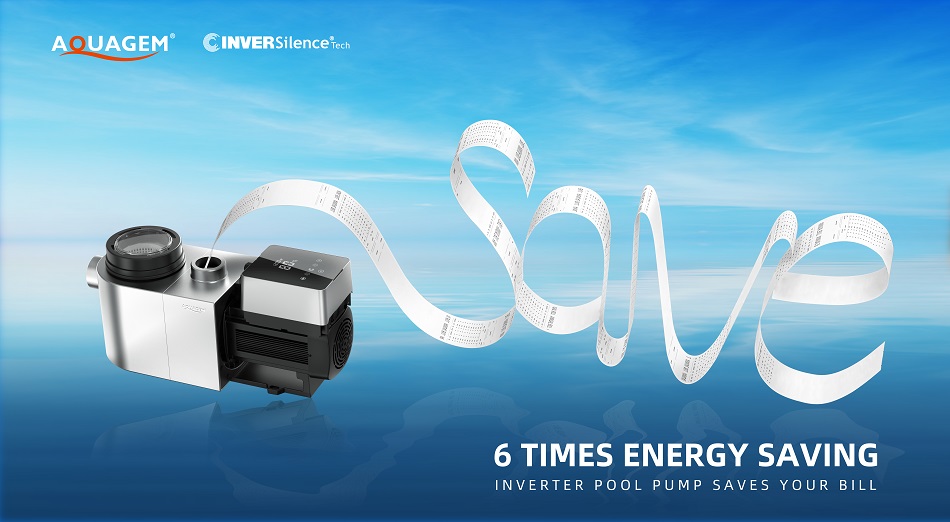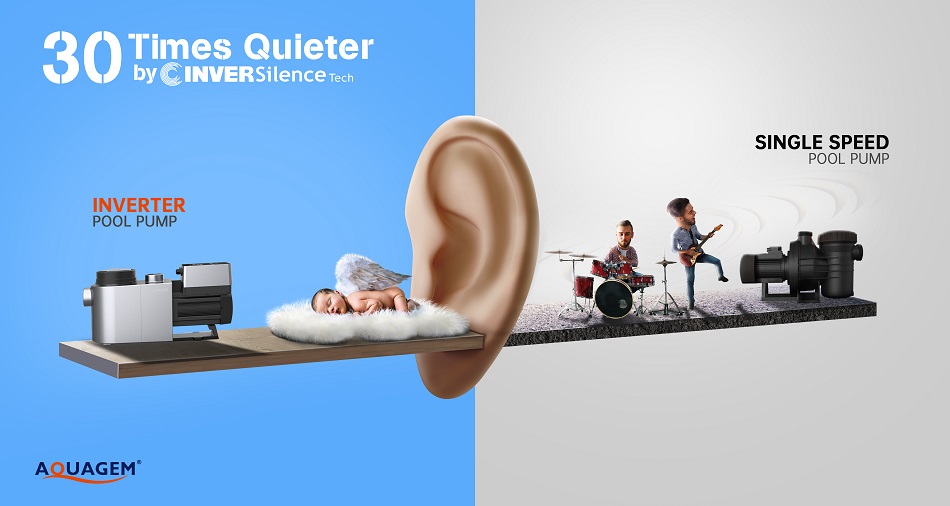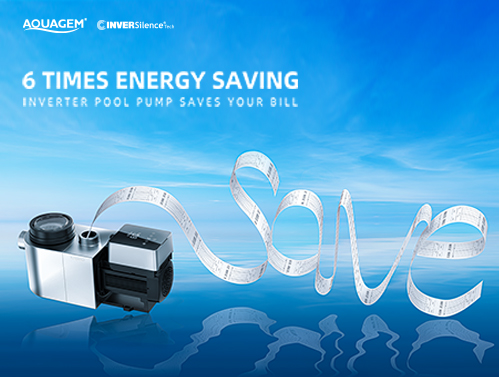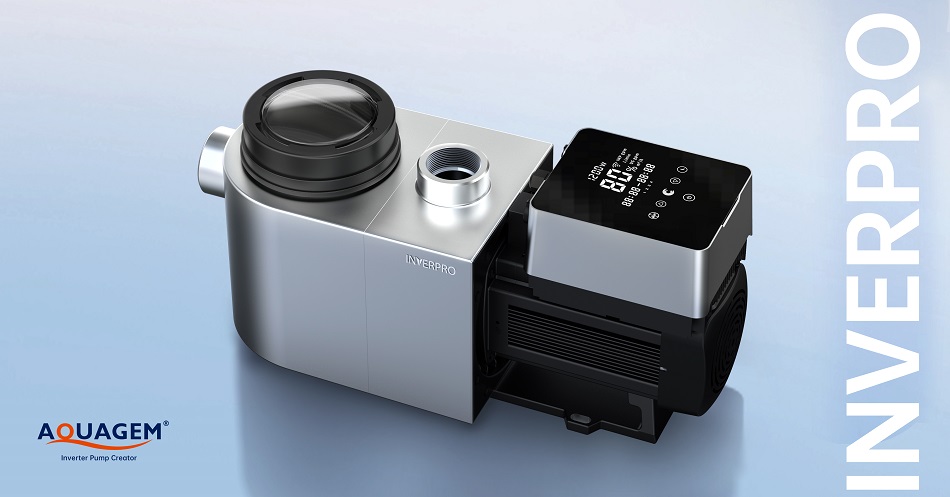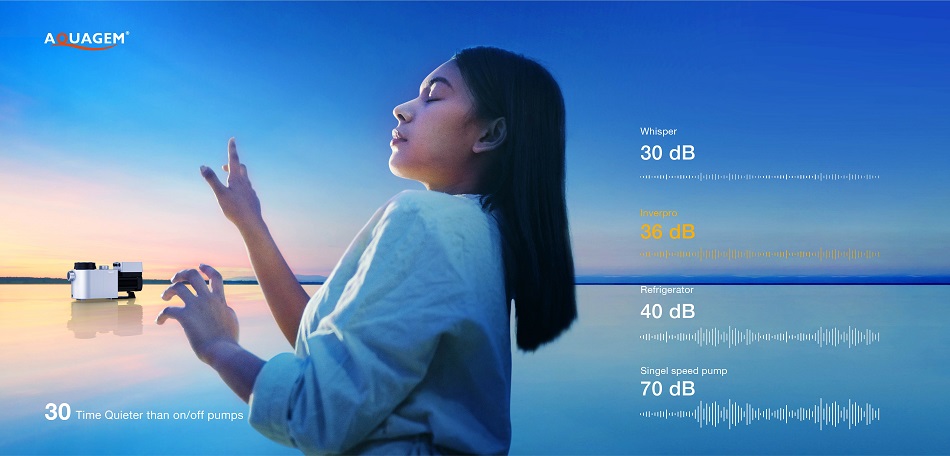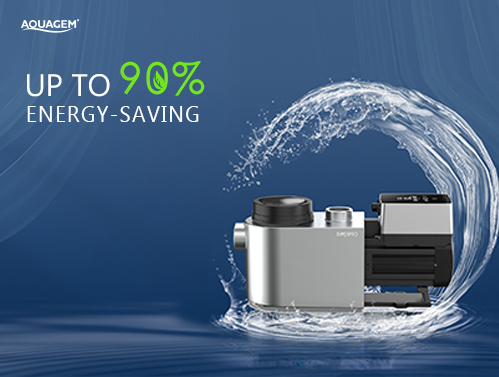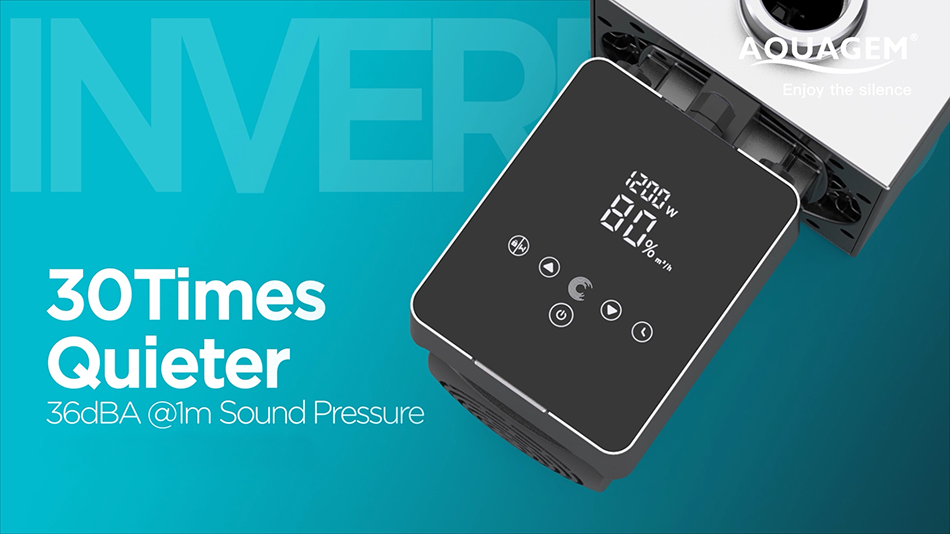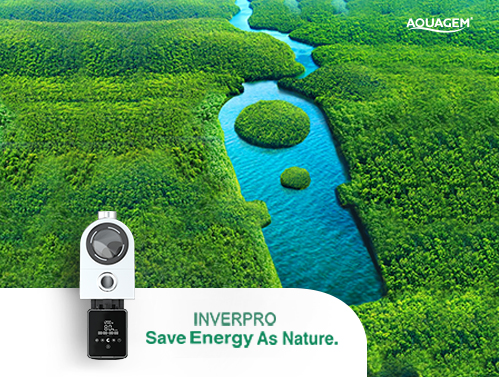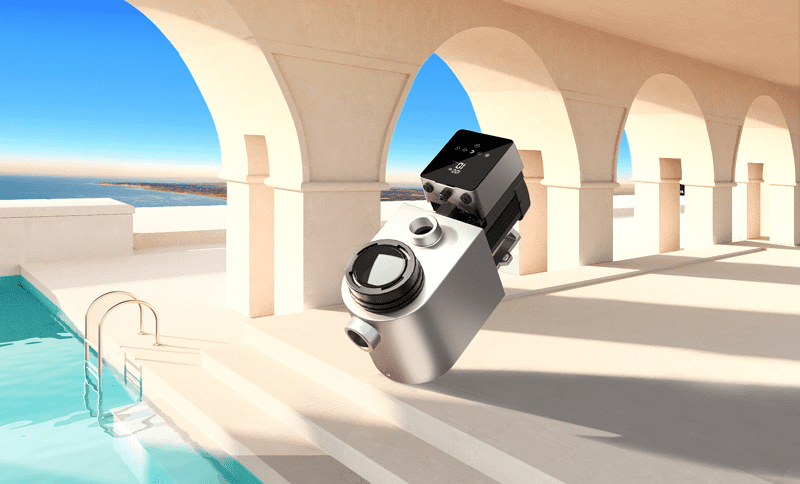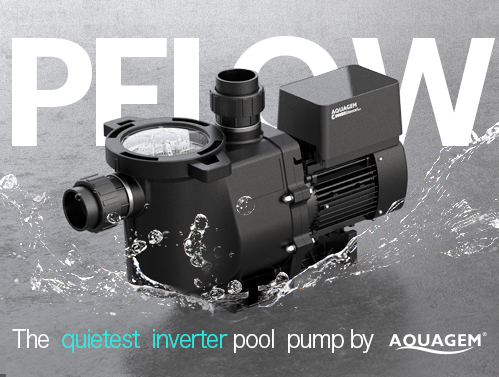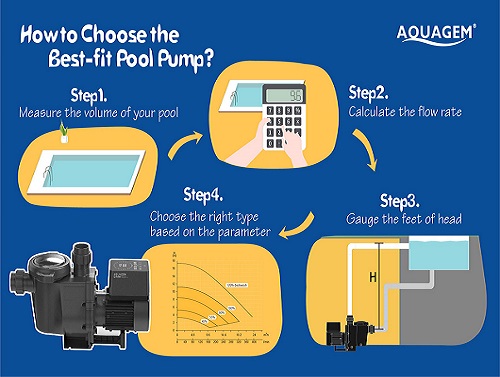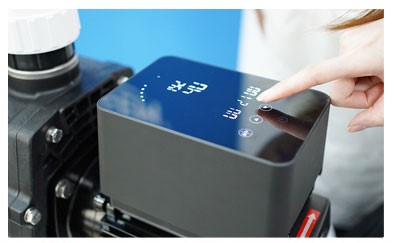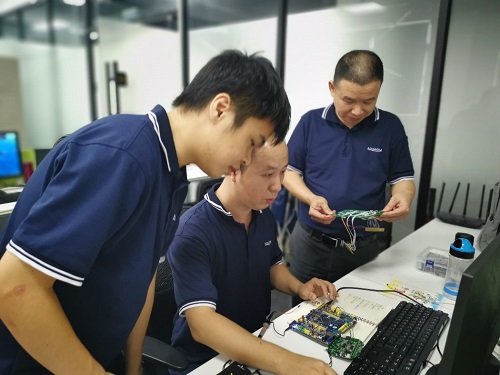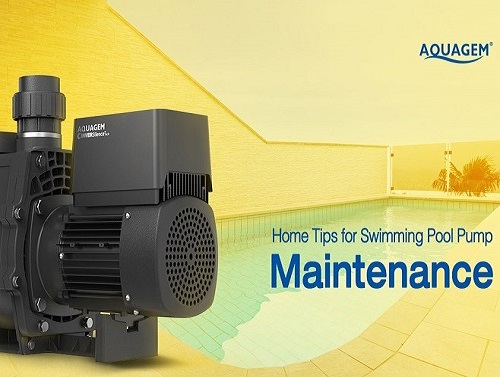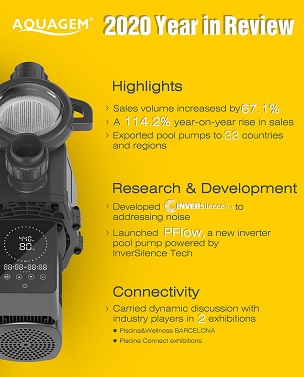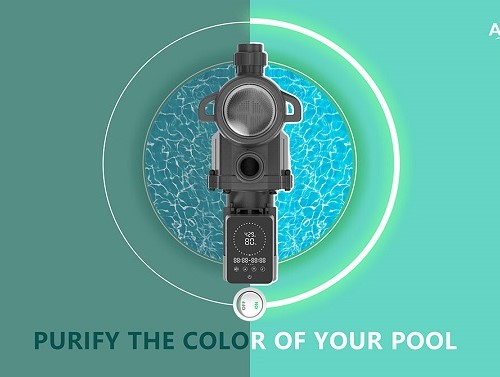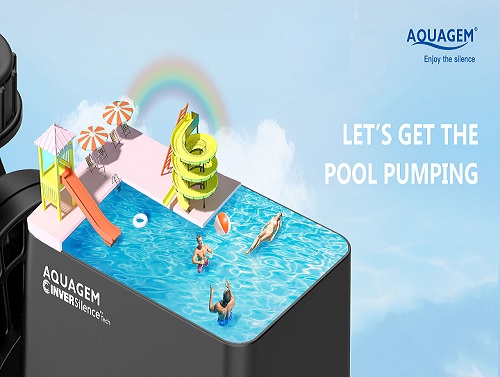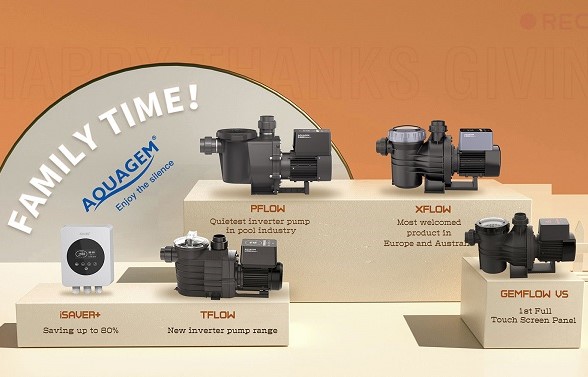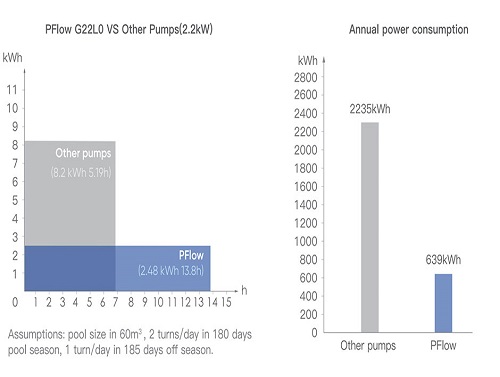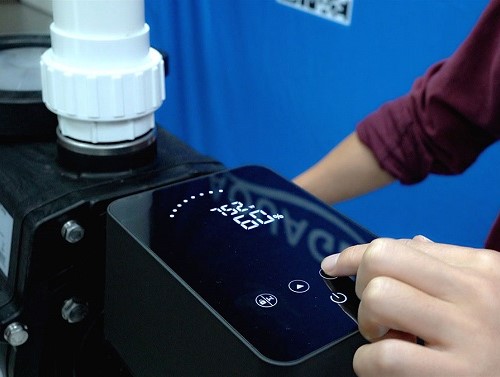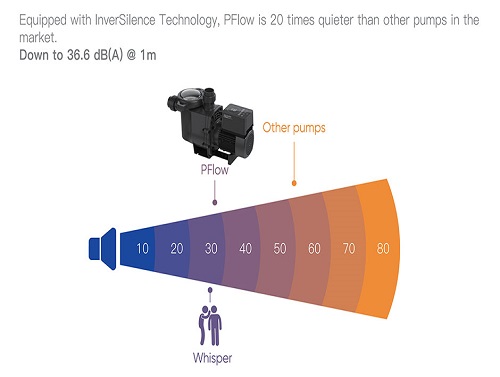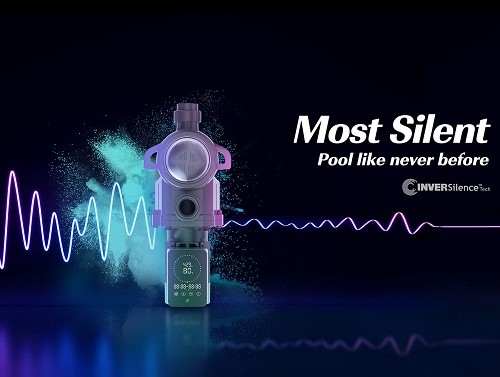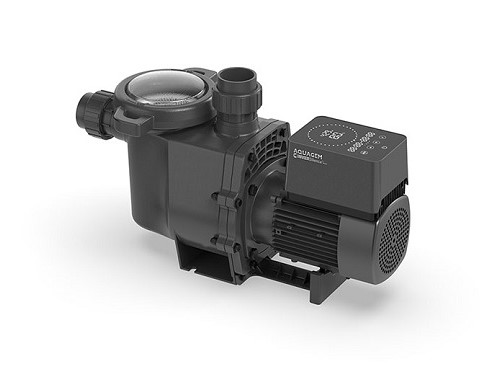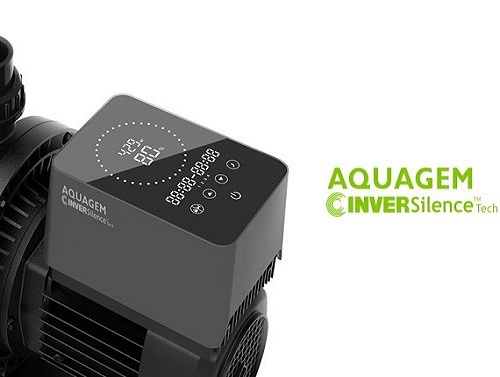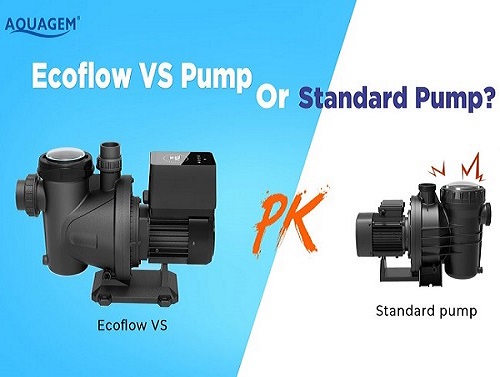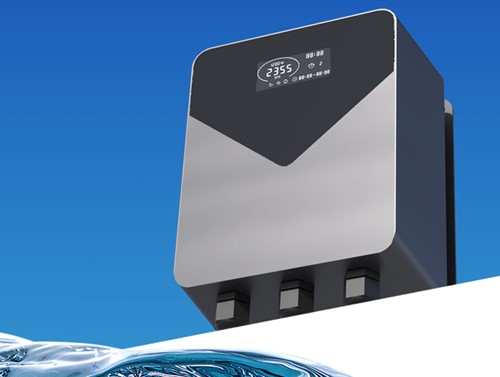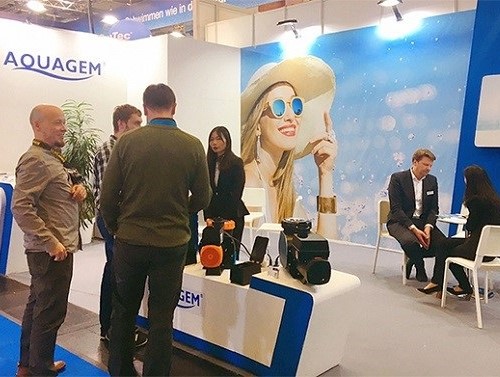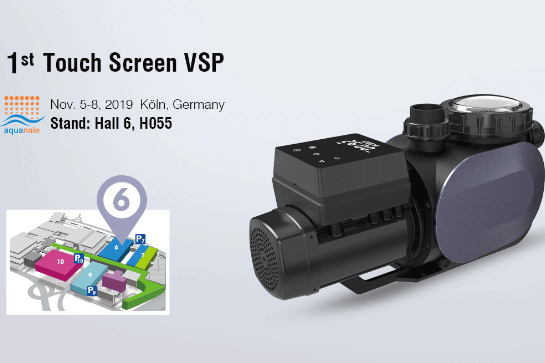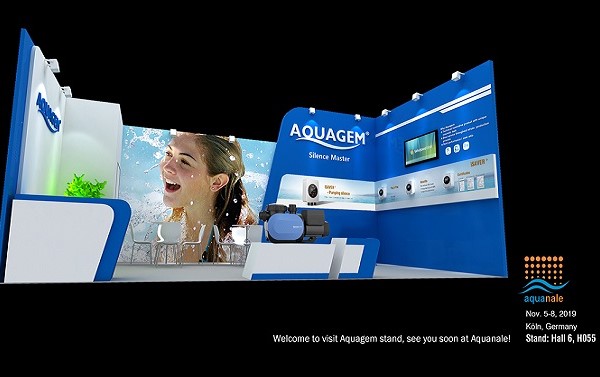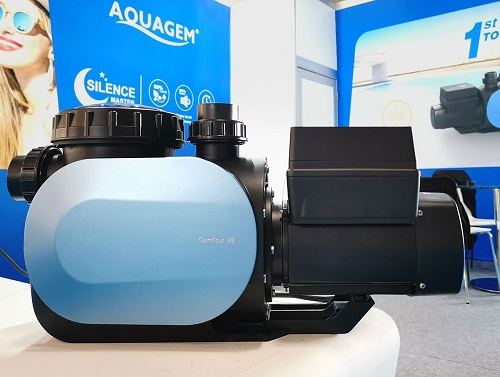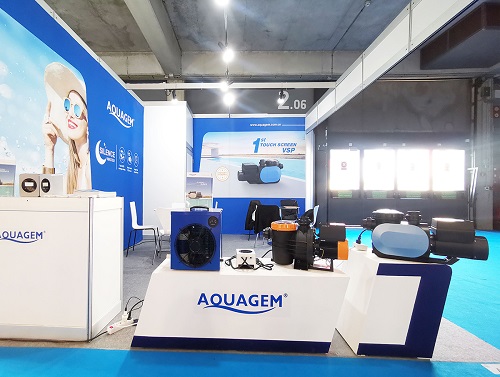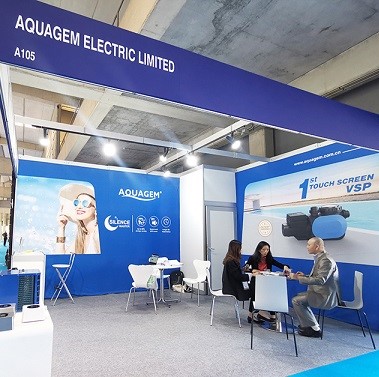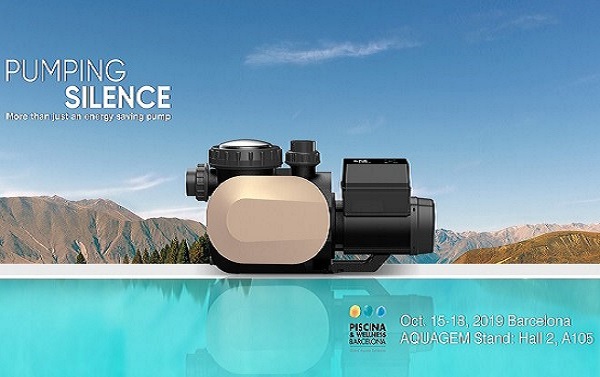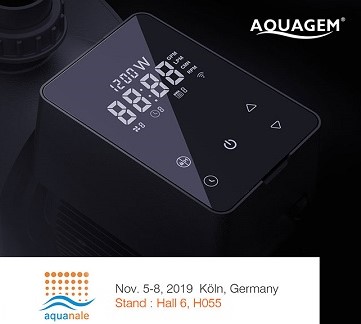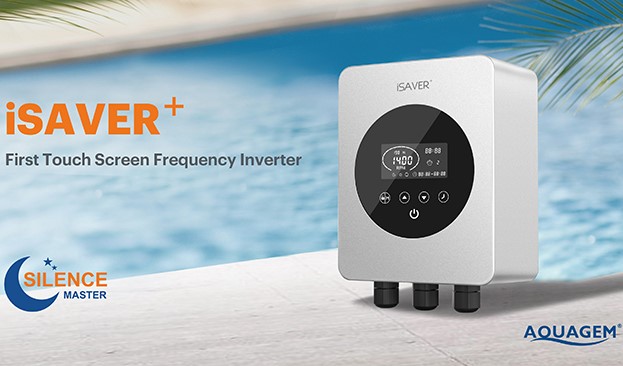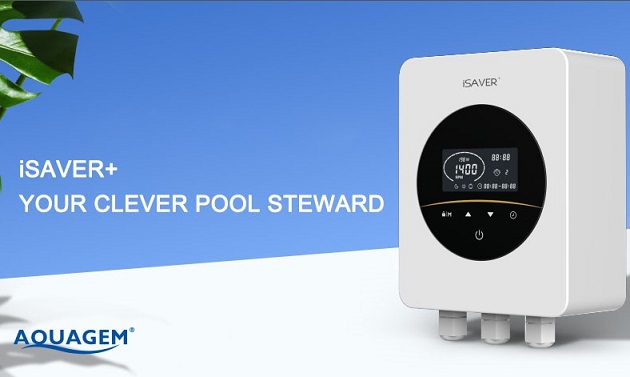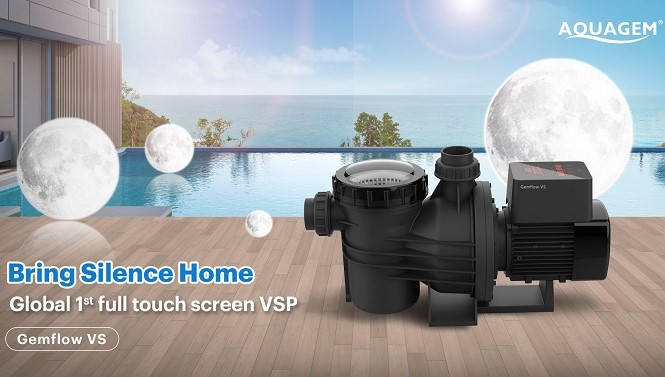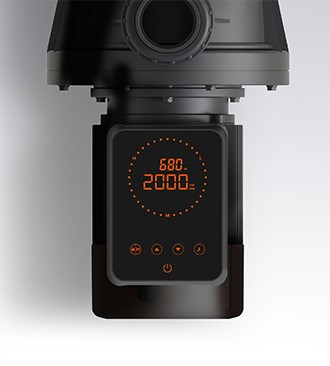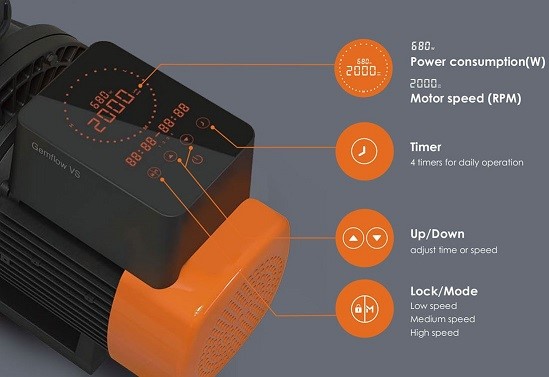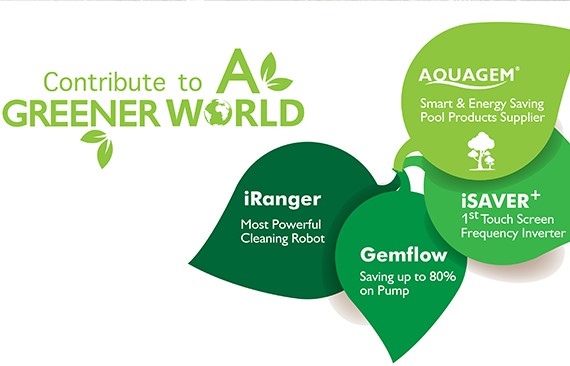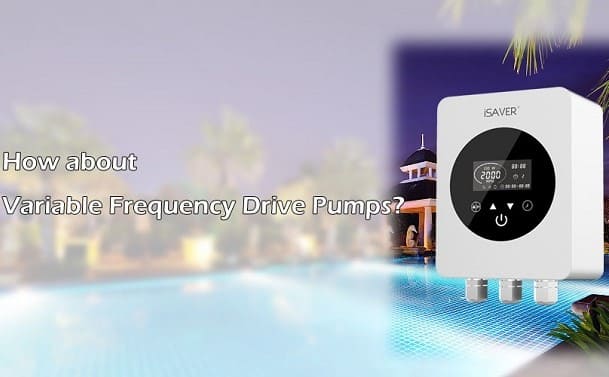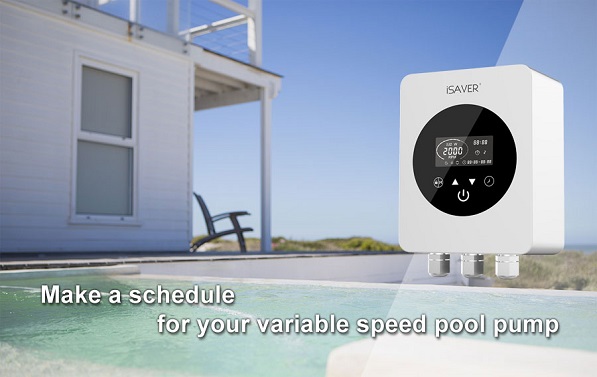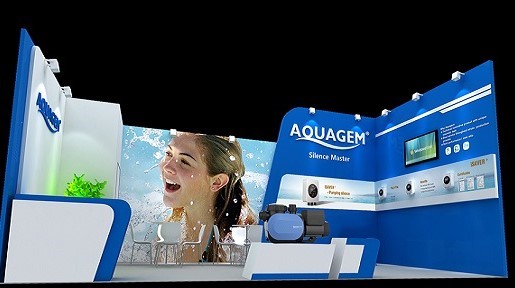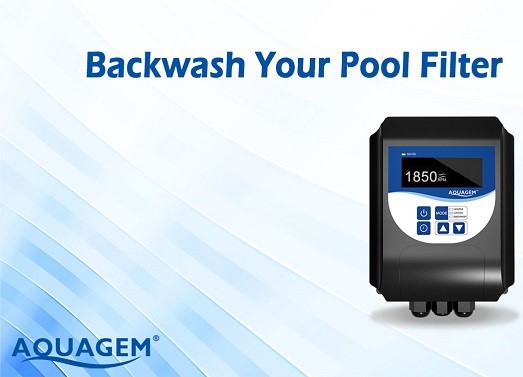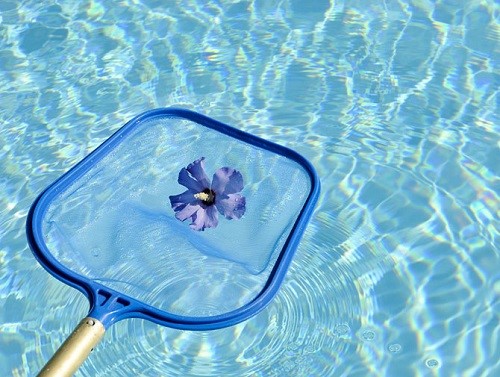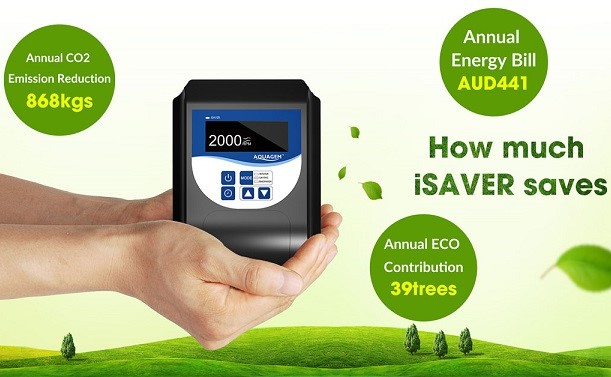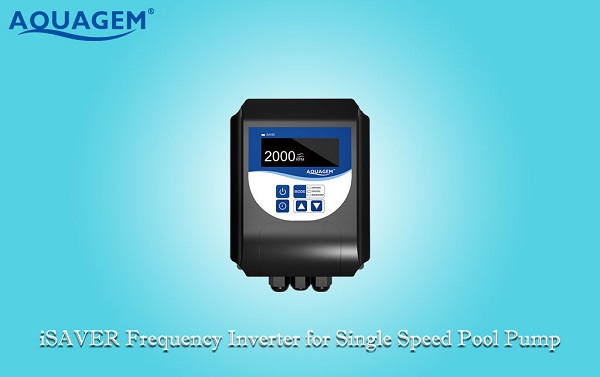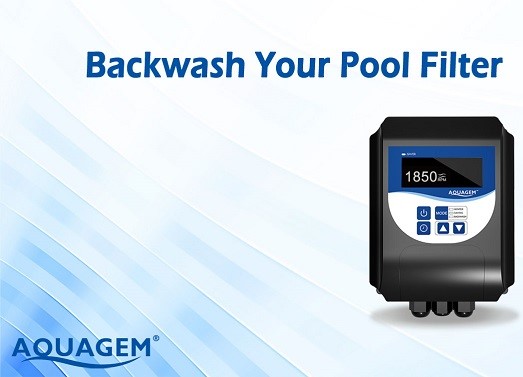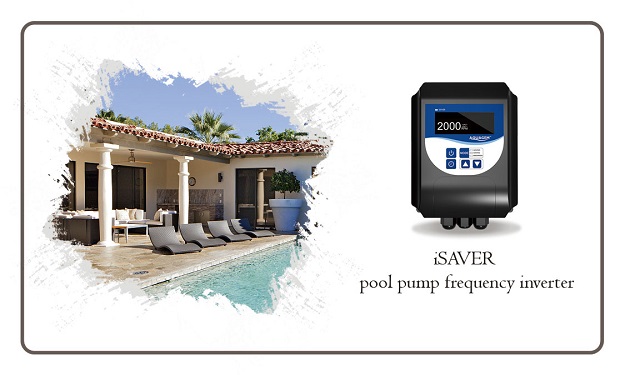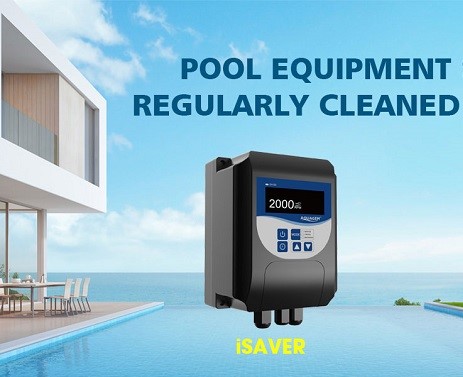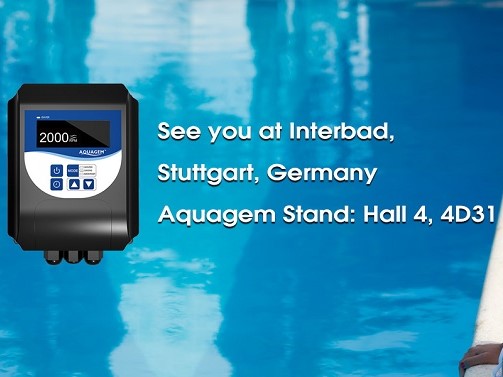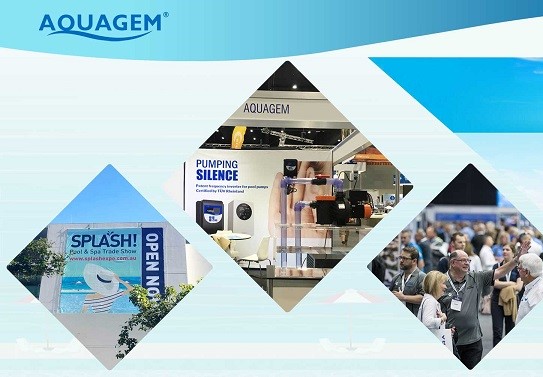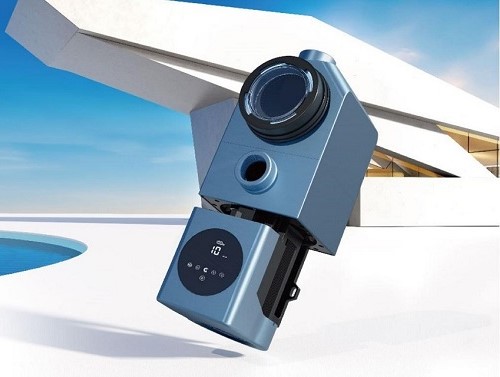The implementation of Dedicated Purpose Pool Pump (DPPP) regulations by the U.S. Department of Energy (DOE) has sparked a significant discussion on the use of multiple-speed swimming pool pumps. These regulations require swimming pool pumps to have adjustable speeds to meet DPPP standards.
According to the proposed regulations, motors with Total Horsepower (THP) equal to or greater than 1.15 THP would be classified as "variable-speed control dedicated-purpose pool pump motors." To meet this classification, the motors should provide at least four speed options. This aligns with the DPPP standards, which are based on the performance of pumps with variable-speed motors, primarily for in-ground pools.
Additionally, Hayward, a renowned pool industry company, reported that approximately 75% of swimming pool owners choose variable-speed pumps for their new pools.
This raises the question: Why have pool pumps evolved from single-speed to variable-speed, and now to the more advanced inverter pool pumps? What are the differences between them, and which type represents the ultimate evolution in pool pump technology? This article aims to provide the answers.
The Role of Pool Pumps in Swimming Pools
In a swimming pool, the pool pump plays a vital role akin to that of the heart. It circulates water through the rotation of the impeller, facilitating filtration and treatment to maintain clean water quality. However, pool pumps consume a significant amount of energy. Currently, there are three main types of swimming pool pumps available on the market: single-speed pumps, variable-speed pumps, and stepless inverter pool pumps.
Differences Between the Pool Pumps
1. Speed Regulation - The Fundamental Difference
Single-Speed Pool Pumps
Single-speed motors operate at a fixed speed that cannot be adjusted. This means that whether it is for circulating filtration, backwashing, heating, or disinfection, a single-speed pool pump will run at a constant speed, pumping water at the rated output and consuming a consistent amount of electricity.
This results in wasted energy and significant operating noise. In order to save electricity bills, many pool owners can only turn on a single-speed pump for 4 or 8 hours per day. However, this approach is not ideal for maintaining optimal water quality in the swimming pool.
Variable-Speed Pool Pumps
As the name suggests, variable-speed pool pumps are adjustable and offer three-speed options: high, medium, and low. They operate similarly to single-speed pumps but provide a range of 3-8 speed settings. Users can select the appropriate speed based on their specific needs.
Compared to single-speed pumps, variable-speed pumps have higher initial investment costs but offer increased efficiency, especially during low-speed operation. Energy consumption can be reduced by 50% or more, and noise levels are also decreased.
Inverter Pool Pump
Inverter technology allows the pump to adjust the frequency of the power supply through an inverter control system, thereby enabling real-time speed adjustments. This intelligent control system provides stepless speed regulation, offering a wide range of speed options for different scenarios while ensuring energy efficiency.
Not only that, the inverter pool pump adopts the most energy-saving motor mode on the market at present, which means that with the same flow rate, the inverter pool pump consumes less electricity than the single-speed pool pump.
2. Energy Efficiency – The Important Difference
As revealed above, the most fundamental difference between single speed and variable speed is the difference in speed regulation. Then, a single speed will inevitably bring the most energy-consuming results, and more precise speed adjustments will make the swimming pool pump system more energy-efficient.
Unrestricted by speed regulation only at certain levels, the Aquagem’s inverter pool pump is capable of stepless speed regulation from 30% to 100%, providing diversified speed options for different scenarios, and achieving the perfect balance between multi-scene demands and energy efficiency.
Taking a 50 m³ pool as an example. Under the same flow rate of 25m³/h @ 8 m, a single-speed pump needs 1.5kw, Aquagem’s InverPro inverter pool pump only needs 1.1kw. At flow rate 10m³/h, the power consumption of InverPro is only 0.1kw. In this case, the InverPro performs 15 times more energy saving than single speed pool pump, which can save 8176 kWh of electricity and €1635.2 throughout the year.
3. Noise Level – The Difference in Experience
Similar questions like “How do I soundproof my pool pump” or “How to make my pool pump quieter” can often be seen in Google searches.
High noise levels associated with single-speed pool pumps have been a longstanding issue in the swimming pool equipment industry. Variable-speed pumps have made some improvements in reducing noise, especially when operating at low speeds. However, they still fall short of being completely noise-free.
Actually, through technological innovation, the inverter pool pump can achieve an operating sound as low as 33 decibels, even quieter than a refrigerator. The Aquagem’s inverter pool pump InverPro is equipped with the self-developed InverSilence® technology, and uses a high-efficiency brushless DC motor to realize stepless speed modulation. When faced with various complex needs in the swimming pool system, the inverter pool pump can accurately match the water flow, effectively reducing the running noise of the motor and cooling fan.
4. Intelligent Control – The Significant Difference
In terms of intelligent control, the differences between the three types of pool pumps are significant.
Single-Speed Pumps
Single-speed pumps lack intelligent control capabilities, as they can only be turned on or off without additional functions for adjustment or control.
Variable-Speed Pool Pumps
Variable-speed pool pumps allow pool owners to set different motor speeds according to their requirements. Some models even feature timing functions, enabling high-speed operation during the day and low-speed operation at night.
Inverter Pool Pumps
Inverter pool pumps incorporate a built-in "self-learning" function that intelligently matches precise speeds. They offer a wide range of stepless speed regulation, allowing flexible responses to various scenarios such as daily circulation and backwashing. When the pressure exceeds a certain value, the inverter pool pump will "learn" again and automatically adjusting the speed to provide the desired water flow as per user settings. This intelligent control ensures the stable operation of the water circulation filtration system.
Conclusion
With the implementation of DPPP regulations, the demand for swimming pool pumps with adjustable speeds has grown significantly. While single-speed pumps waste energy and produce high noise levels, variable-speed and inverter pool pumps offer more efficient and quieter alternatives. Variable-speed pumps provide a range of speed options, while inverter pool pumps achieve step-less speed regulation, energy savings, and intelligent control. As the pool industry continues to evolve, inverter pool pumps represent the ultimate direction of pool pump technology.

